Nvidia RTX 4080 Super vs RTX 4080: does the Ada refresh do enough?
Which to buy, the RTX 4080 Super or RTX 4080?
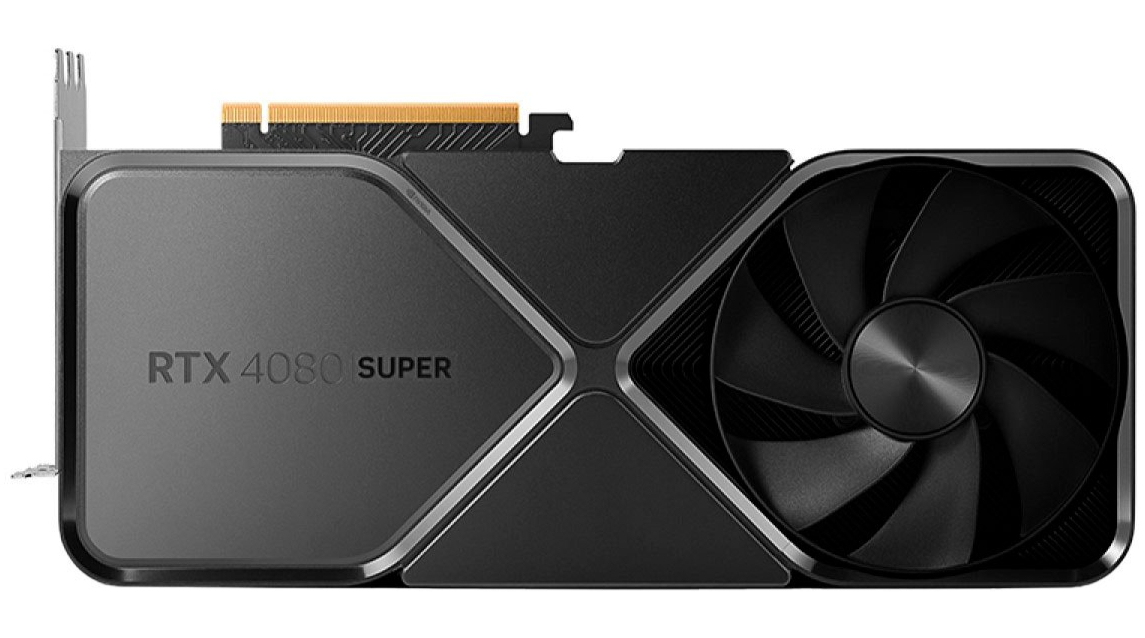
Compute Units: 80
Shaders: 10,240
Ray processors: 80
AI/Tensor processors: 320
Base clock: 2,295 MHz
Boost clock: 2,550 MHz
Memory clock: 1,438 MHz
Memory type: GDDR6X
Memory pool: 16 GB
Memory speed (effective): 23 Gbps
Memory bandwidth: 736.3 GB/s
Bus interface: 256-bit
TGP: 320W
Power connector: 1 x 16-pin
Slot width: Triple
Nvidia's latest is easily the best premium graphics card on the market, second only to the Nvidia RTX 4090 in terms of performance.
Pros
- Best-in-class performance
- Cheaper than RTX 4080
- Gorgeous finish
Cons
- Very expensive
- Power hungry
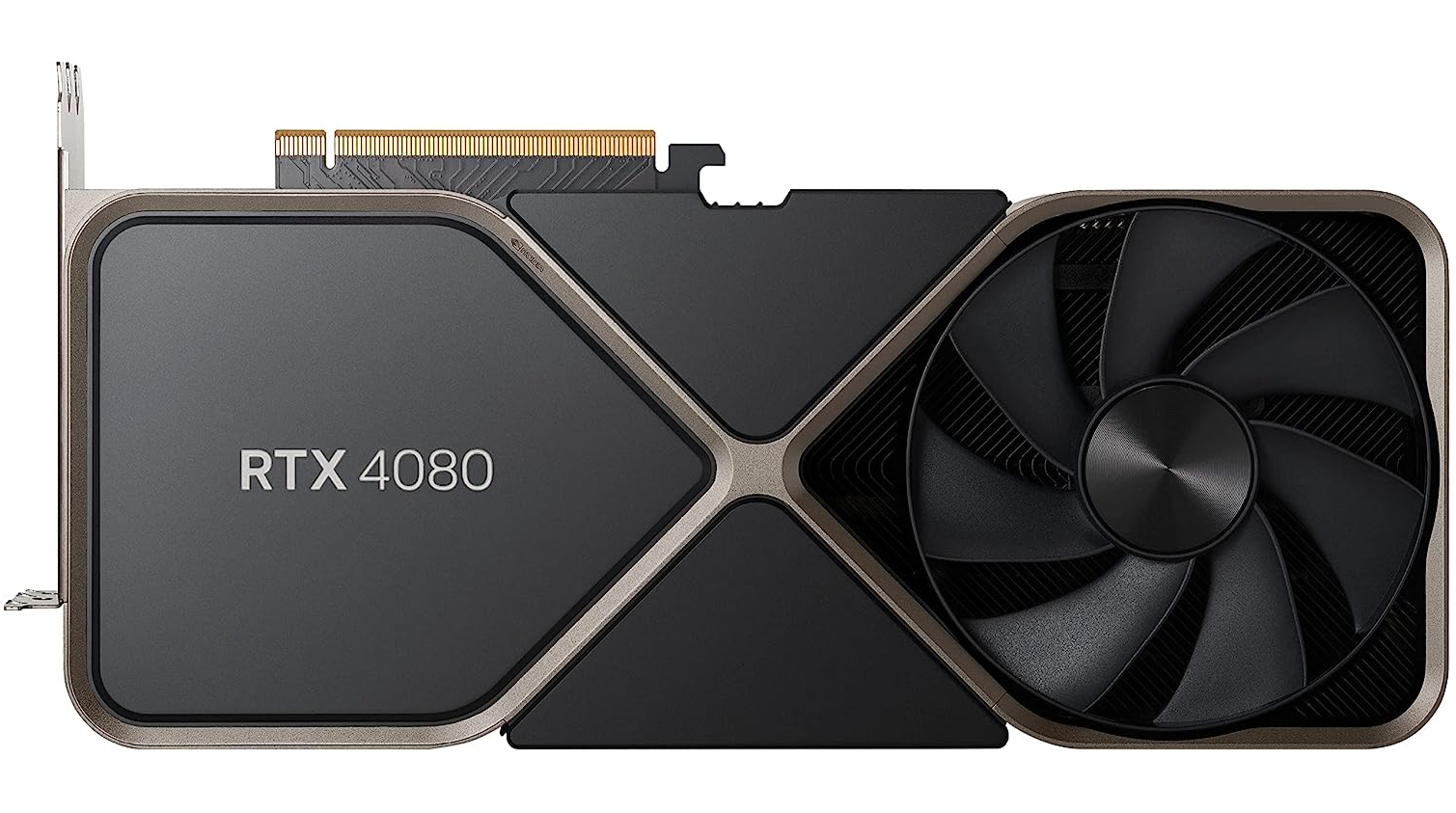
Compute Units: 76
Shaders: 9,728
Ray processors: 76
AI/Tensor processors: 304
Base clock: 2,205 MHz
Boost clock: 2,505 MHz
Memory clock: 1,400 MHz
Memory type: GDDR6X
Memory pool: 16 GB
Memory speed (effective): 22.4 Gbps
Memory bandwidth: 716.8 GB/s
Bus interface: 256-bit
TGP: 320W
Power connector: 1 x 16-pin
Slot width: Triple
Nvidia's RTX 4080 is a very powerful performer, but its high price tag is going to be off-putting for some, especially with better options on the market.
Pros
- Great 4K gaming performance
- Fantastic creative performance
- Runs relatively cool
Cons
- Terrible pricing
- Power connector is a pain
If you’re considering a high-end graphics card then you’ve no doubt weighed up the Nvidia RTX 4080 Super vs RTX 4080. We certainly have, having tested and reviewed both GPUs, we now have a clear cut answer for you.
It’s been a turbulent time for enthusiast-class graphics card pricing, this being the major complaint we had when Ada launched, but there’s a saving grace now.
Let’s get one thing straight; both the RTX 4080 Super and the RTX 4080 can be considered not only one of the best 4K graphics cards on the market, but some of the best graphics cards from a raw technical perspective. Neither come cheap, but for those wanting leading 4K and high-end 1440p gaming, they are among the top offerings from Team Green without investing a further few hundred dollars and splurging on an RTX 4090 - which is overkill for gamers.
For a more thorough dive into both video cards we recommend you check out our dedicated RTX 4080 review and RTX 4080 Super review. Below we’re comparing the two GPUs based on their price, design, and performance to help you find out which one is right for you. Let’s kick things off.

RTX 4080 Super vs RTX 4080: Price
This is arguably the biggest factor when weighing up an RTX 4080 Super vs RTX 4080. The recently-released RTX 4080 Super is now available for $999 (about £960 / AU$1,520) which significantly undercuts the price of the original RTX 4080 which debuted for a staggering $1,199 (about £1,080 / AU$1,740). That’s a decrease of about 17% which evens out to a discount of $200 (about £120 / AU$221).
It’s definitely a change for the better and looks to answer one of our biggest criticisms with the RTX 4080 - the fact it was overpriced for what it was. The RTX 4080 Super, instead, positions itself in league with the AMD Radeon RX 7900 XTX, the best AMD graphics card on the market, which is about the retail price it should have been all along. Better late than never we suppose.
- Winner: RTX 4080 Super

RTX 4080 Super vs RTX 4080: Design
In terms of their design, very little has changed between the RTX 4080 and the newer RTX 4080 Super. The original Ada release is built upon the AD103 die and features 9,728 CUDA cores with 16GB GDDR6X VRAM on a 256-bit memory bus. In contrast, the RTX 4080 Super bumps that core count up to 10,240 (an increase of 5%).
Sign up for breaking news, reviews, opinion, top tech deals, and more.
There are a couple of granular differences which deserve mentioning. For example, the RTX 4080 Super features the “Super” branding carved into the Founders Edition model, but that’s not all. The latter card is clocked ever so slightly faster with a base clock of 2.29 GHz as opposed to the original model’s 2.21 GHz. This extends to the boost clock, too, with the Super running at 2.55 GHz contrasting against the 2022 release’s 2.51 GHz.
Aside from that, the two GPUs remain identical in size when comparing the two Founders Edition models, but your mileage may vary when factoring in partner cards. Both the RTX 4080 and RTX 4080 Super are 3-slot GPUs measuring in at 11.9 x 5.3 inches (L x W) and the two cards require a 16-pin adapter which needs 3x 8-pin PCIe power connectors. Nvidia has chosen to be iterative and make a slightly faster card that’s a fair bit cheaper instead of doing any radical upgrades as we saw earlier this month with the RTX 4070 Ti Super.
- Winner: Tie

RTX 4080 Super vs RTX 4080: Performance
In our synthetic benchmarks, the RTX 4080 Super and RTX 4080 are almost neck and neck in the likes of 3DMark Sky Diver, Night Raid, Fire Strike, Time Spy, Speed Way, and Portal Royal, which shouldn’t come as too big of a surprise.
There are benchmarks that show the lead taken by the former, however, most notably with the 3DMark Wildlife Extreme which shows the largest jump. The important takeaway is that the cheaper of the two is a touch faster, barring the PassMark 3D Graphics test where the older model takes an edge.
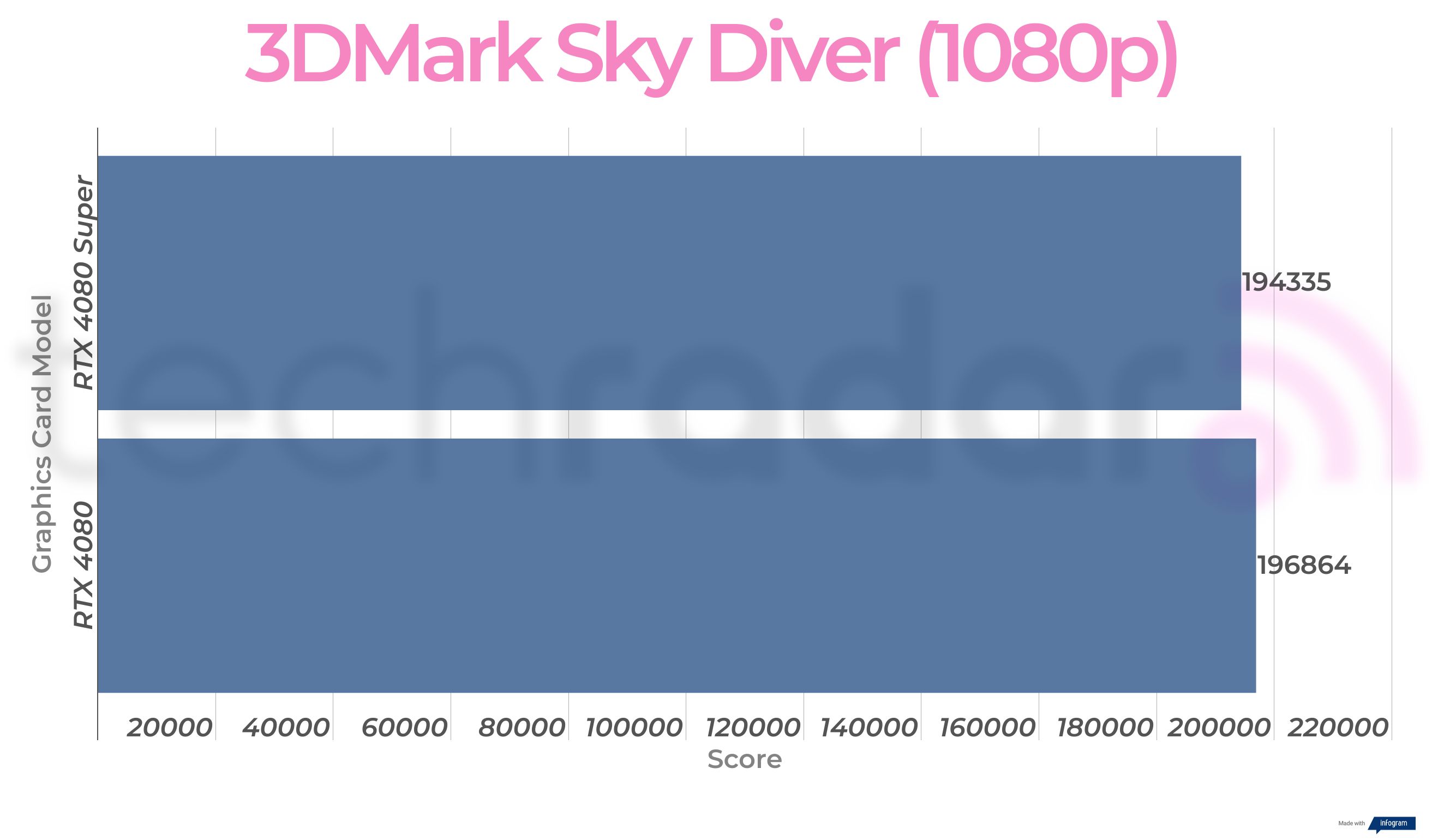
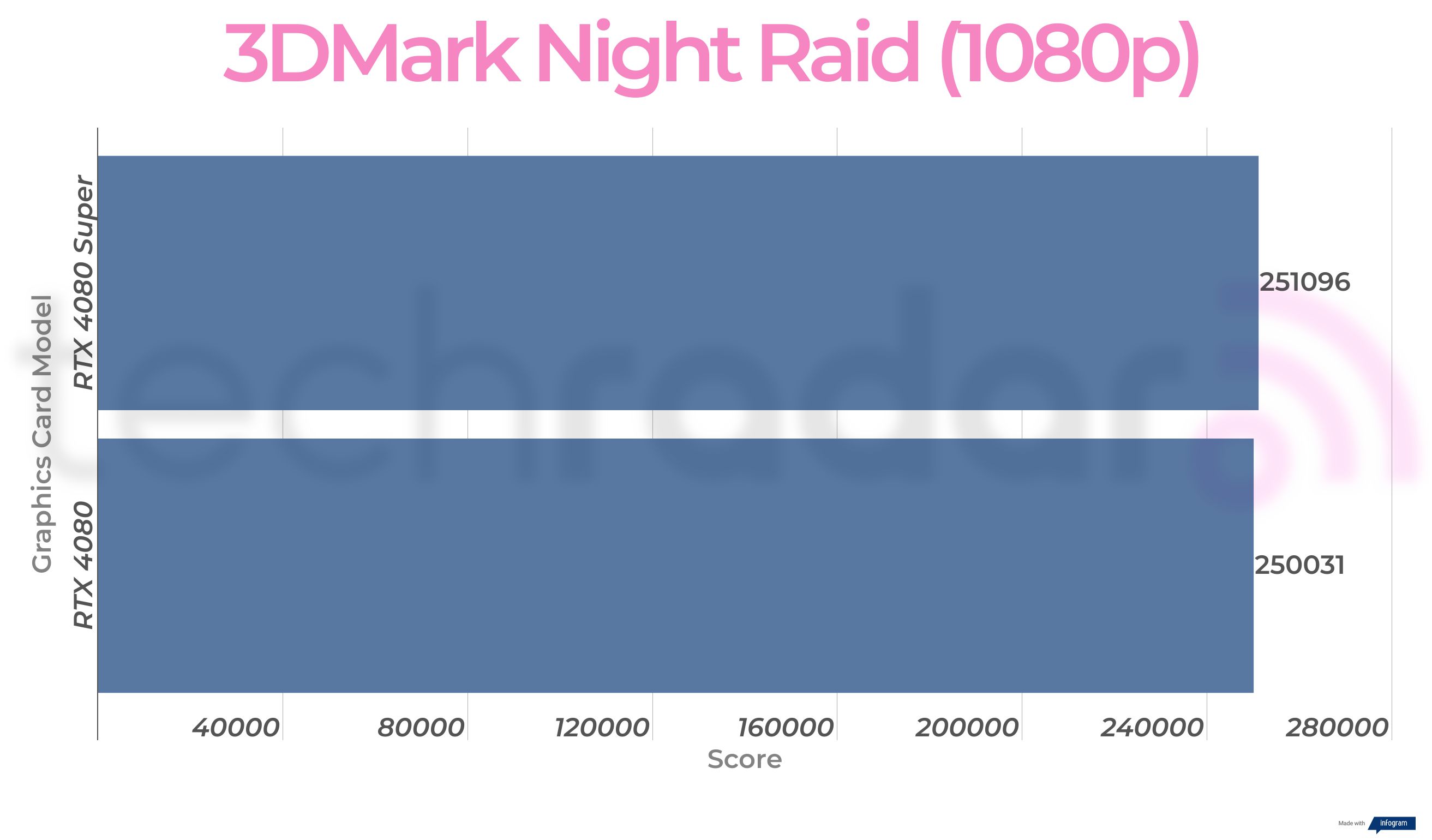
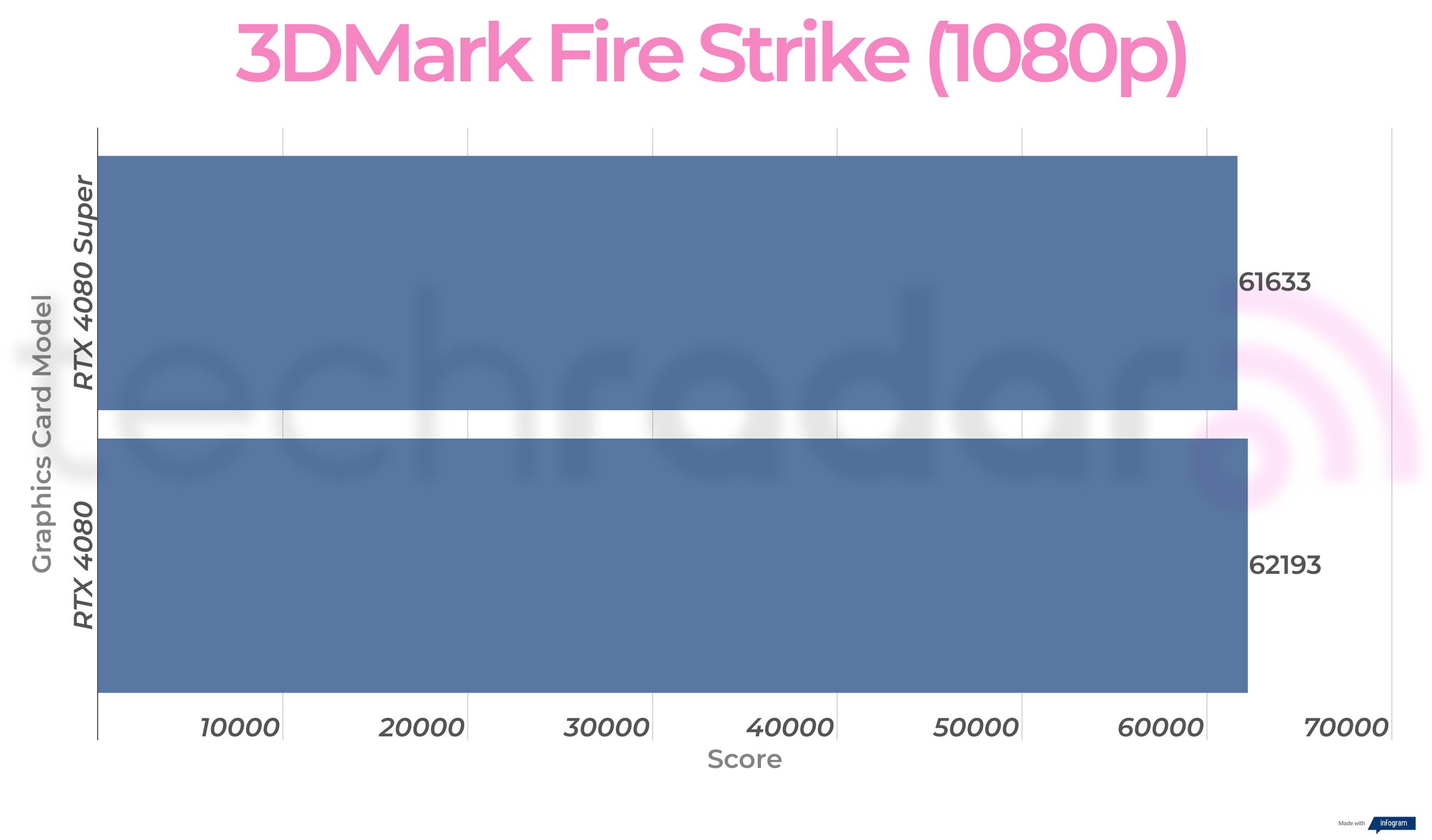



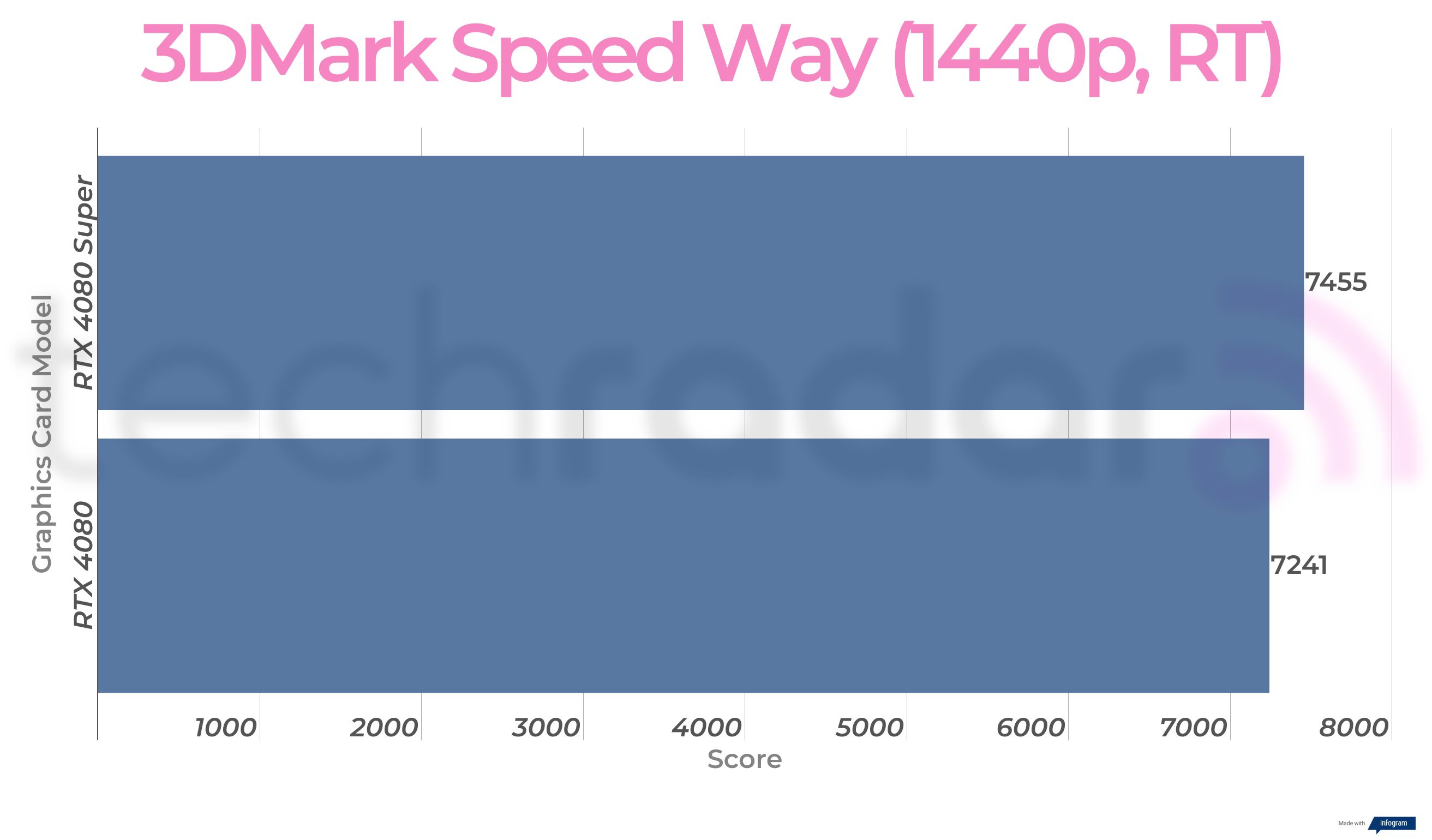


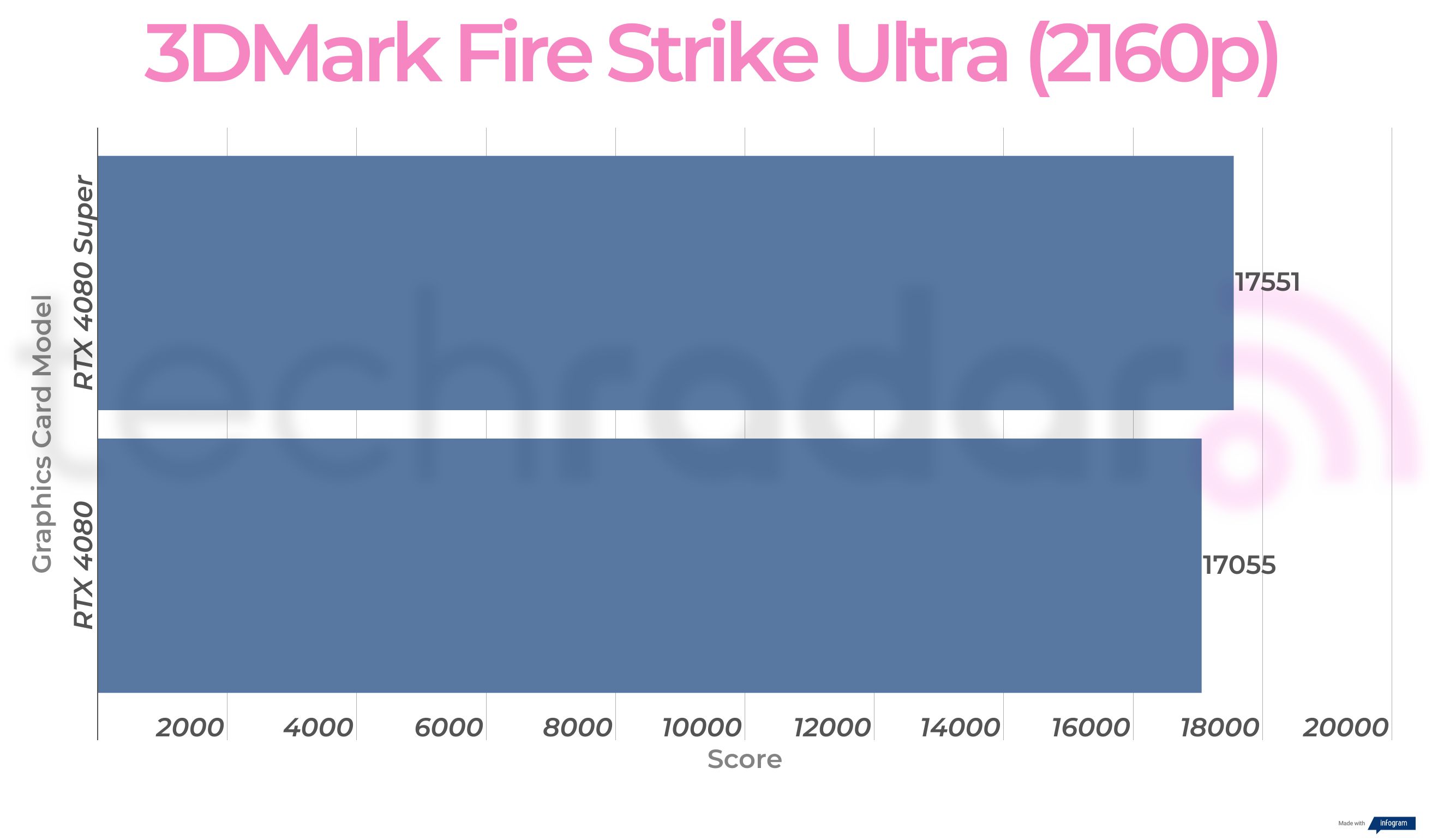
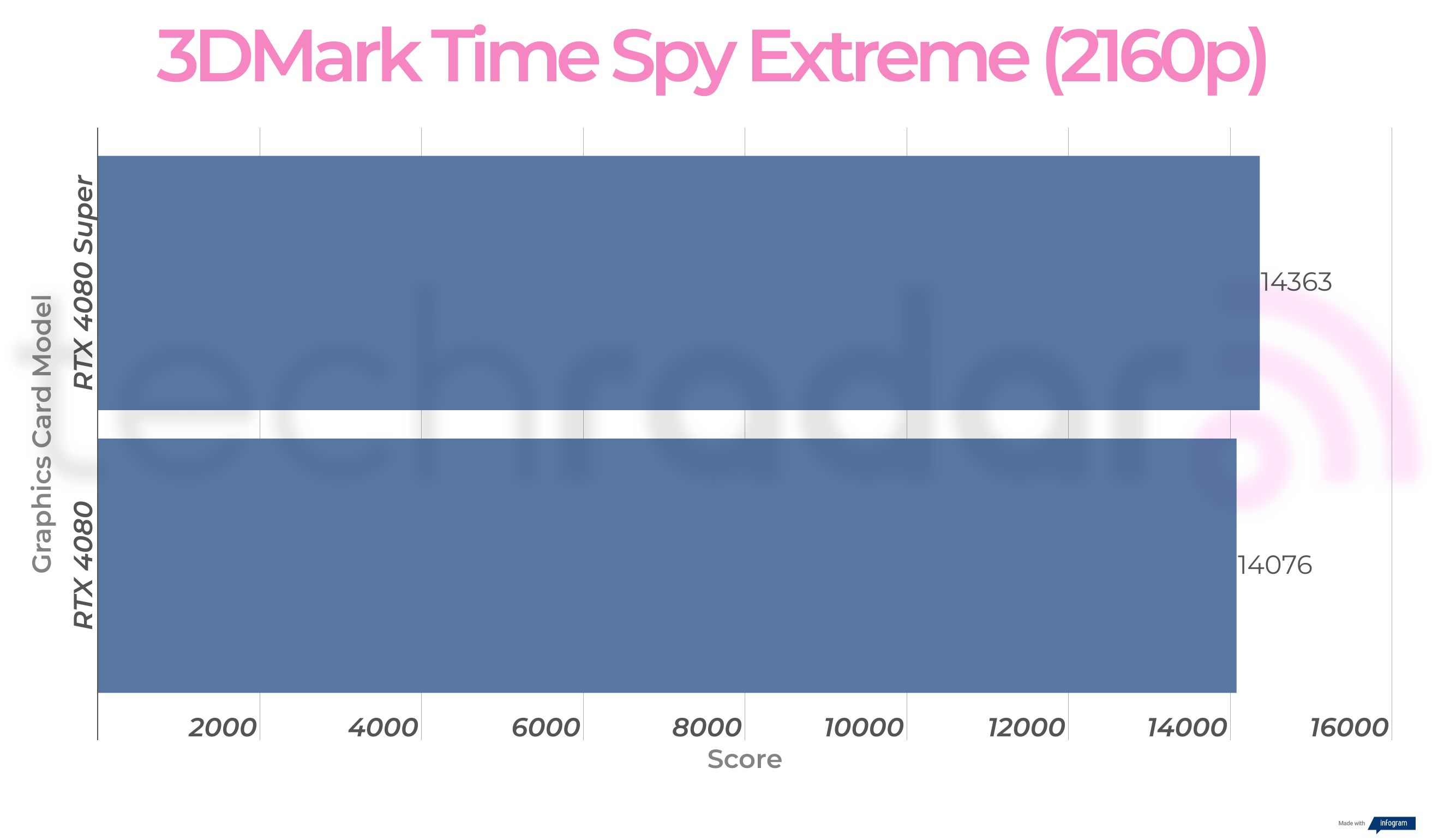
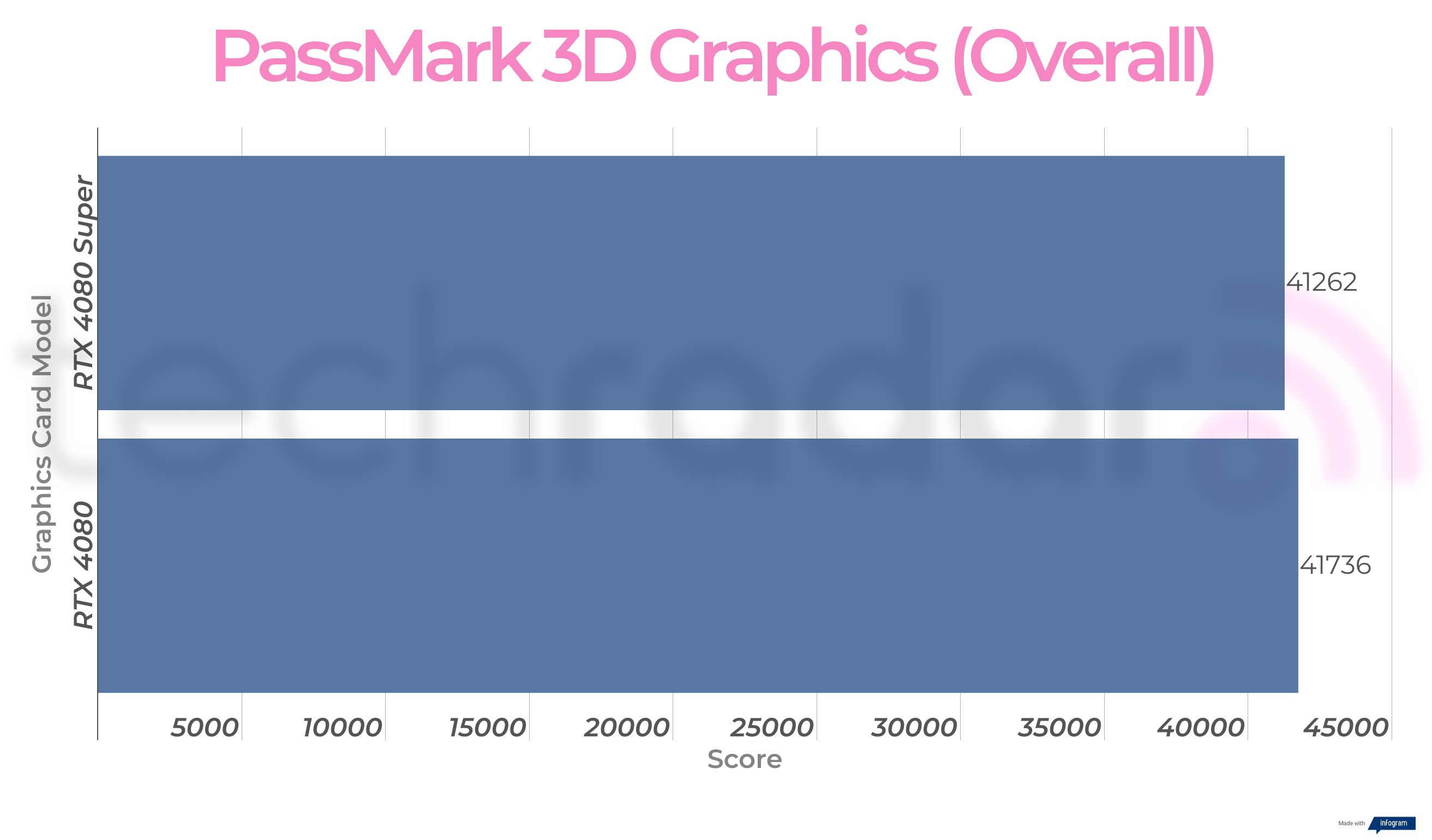
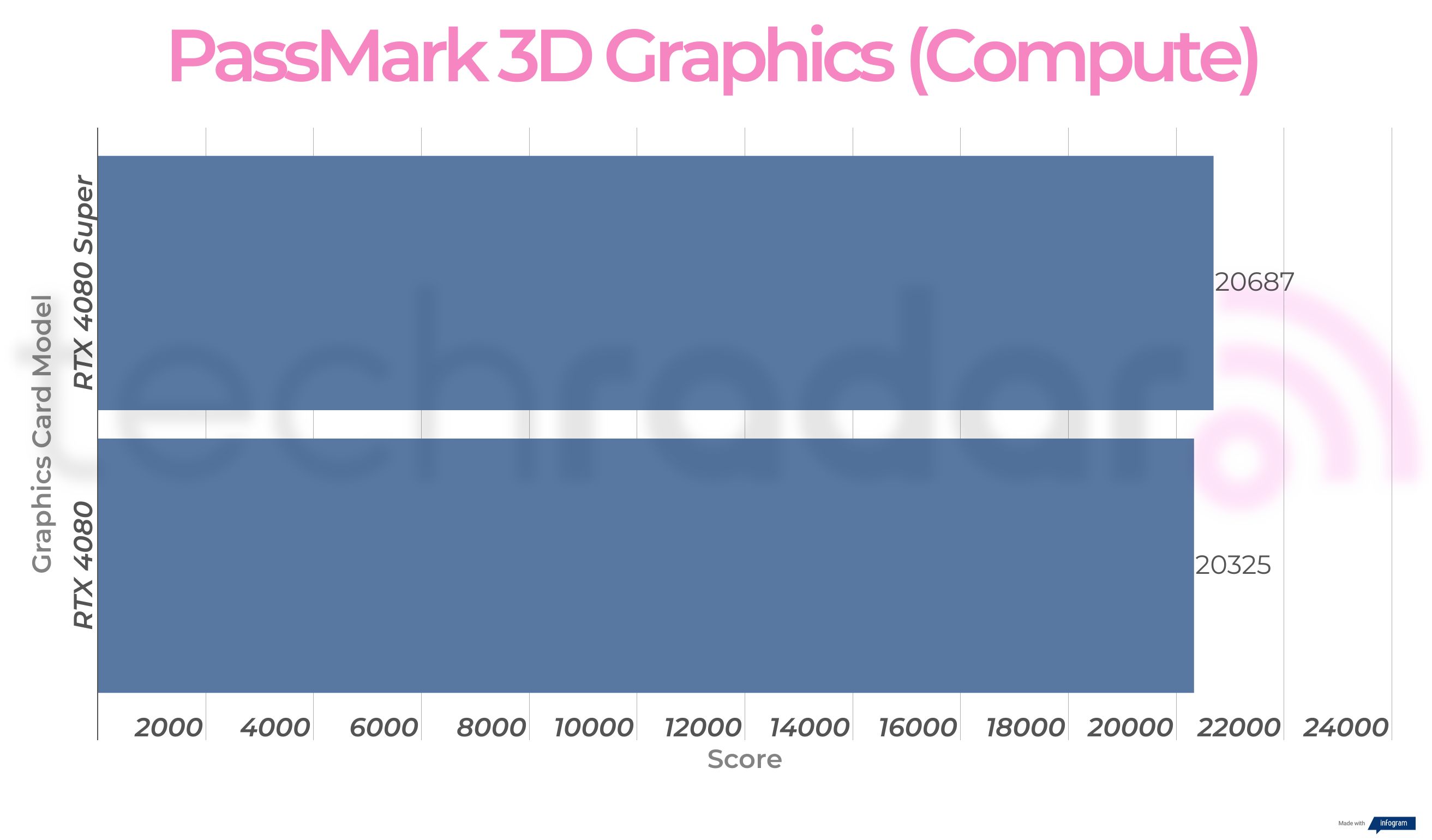

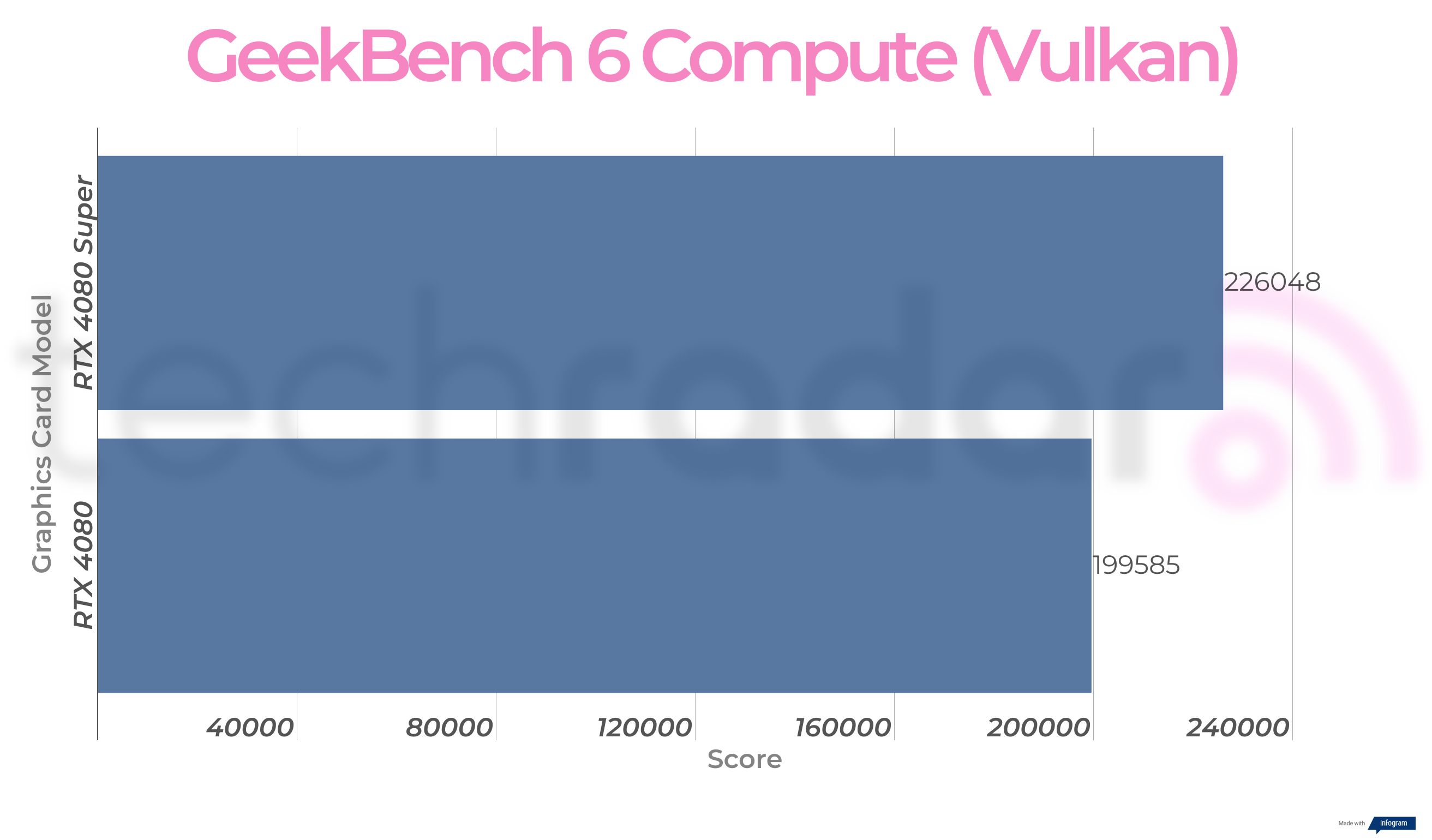
When gaming, any gaps between the RTX 4080 and RTX 4080 Super are essentially filled with single-digit figures of difference at best. We can evidence this with Total Warhammer III which averaged 74fps in 4K at Ultra settings on the first iteration of the card and 78fps average on the Super variant.
That’s a difference of 5%. This is consistent with Returnal running natively in 4K, the game scored an average of 90fps on the original GPU and 91fps on the Super variant for a 1% boost.

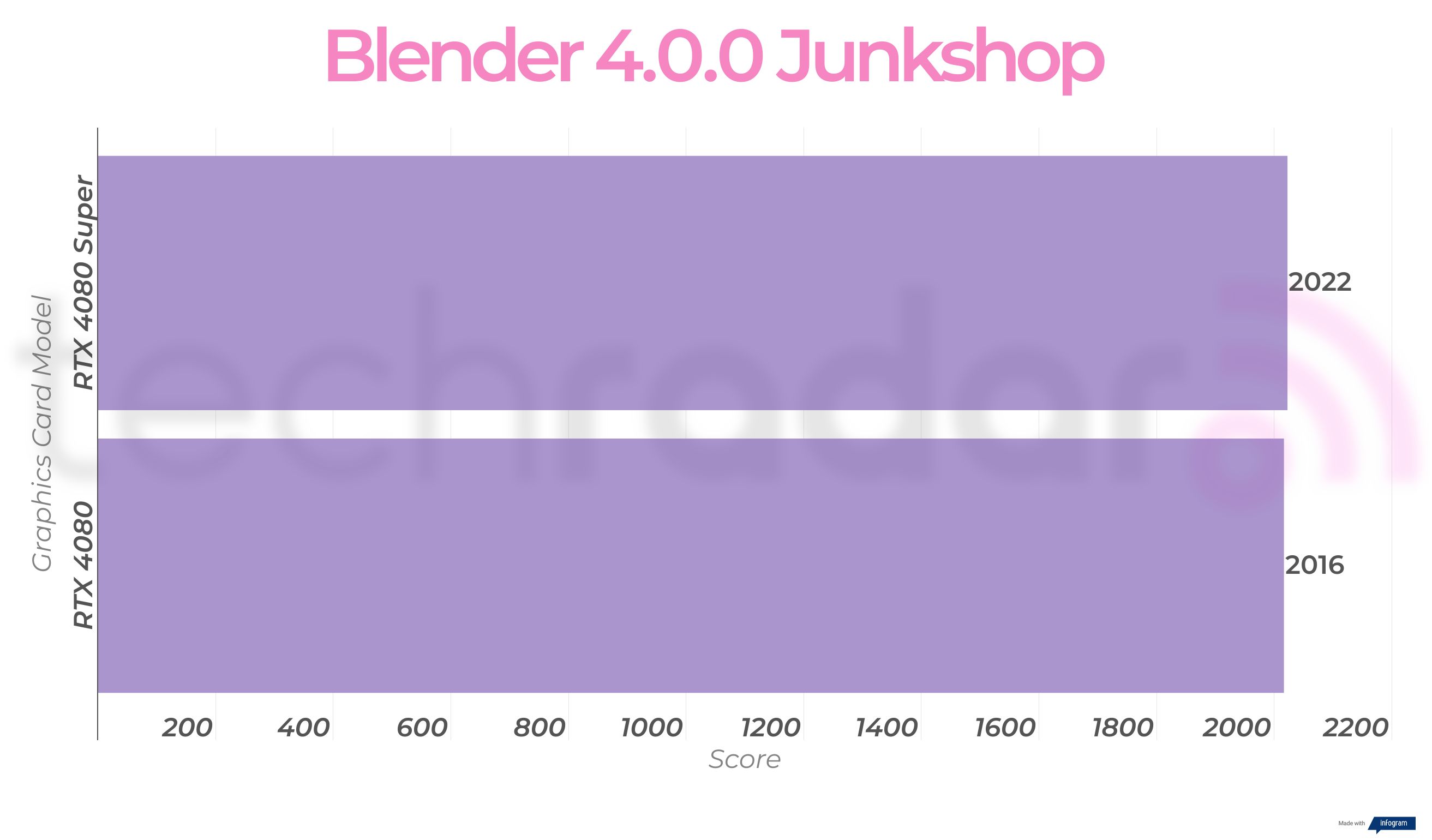

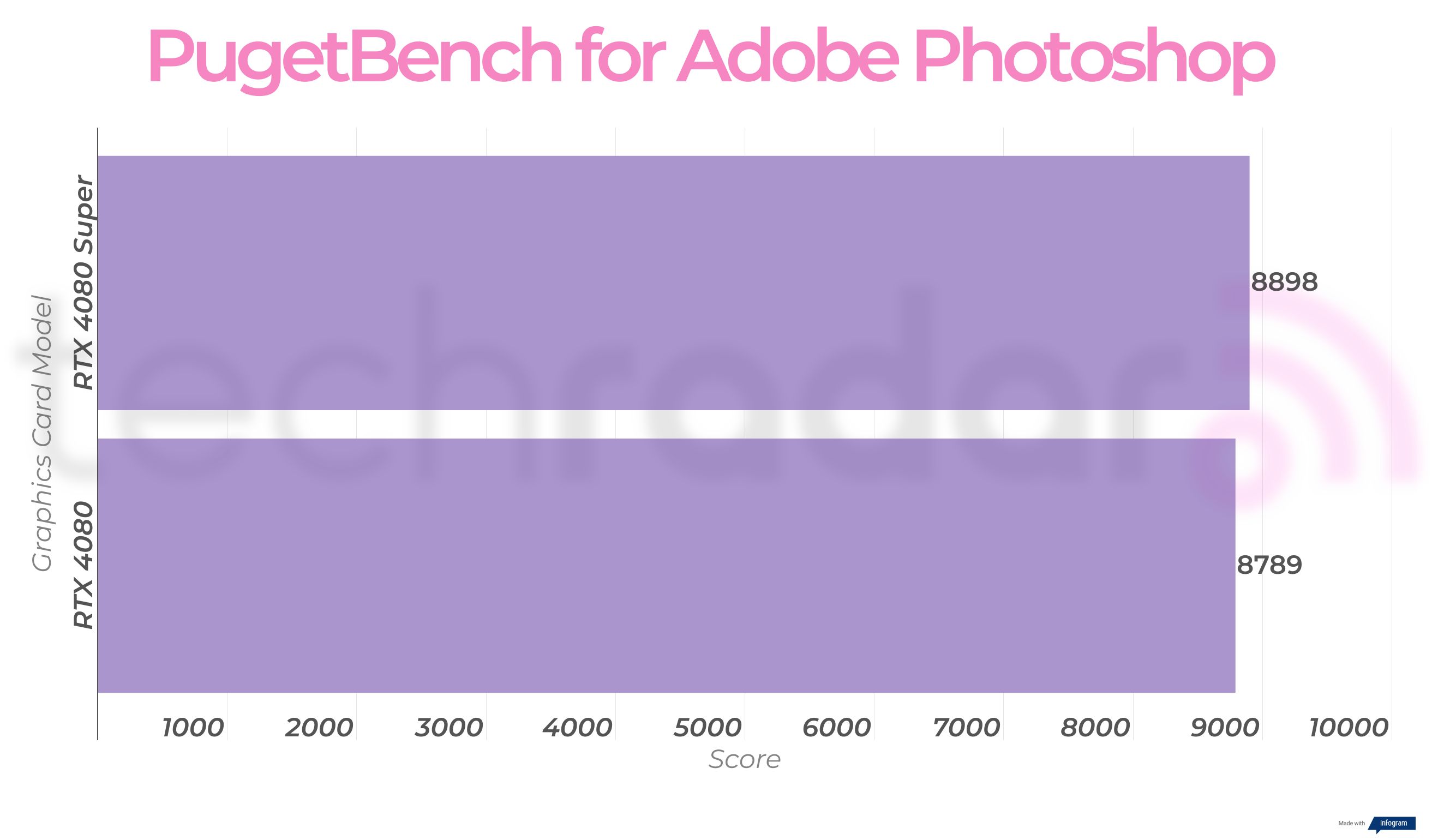

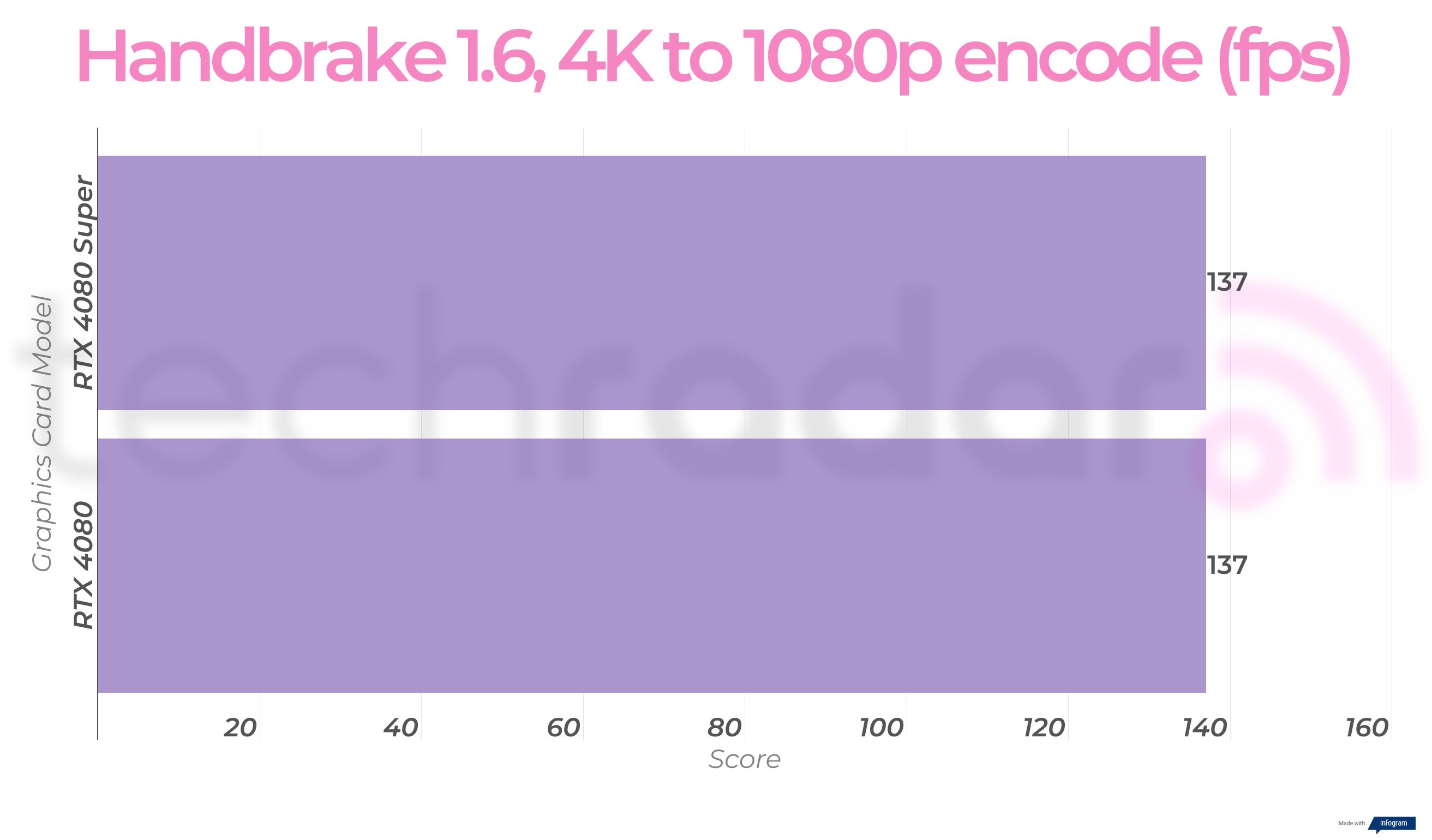
Meanwhile, Cyberpunk 2077 gives us another example of performance differences. With RT ray tracing enabled the open-world action game scored 27fps and 28fps averages with the Super variant coming out on top.
Factoring in DLSS 3 Frame Generation and that jumps up to a much more playable 61fps and 63fps respectively. This is a consistent increase of 3% which is on par with the theoretical power performance given the slightly faster clock speed and the 5% extra CUDA cores available.
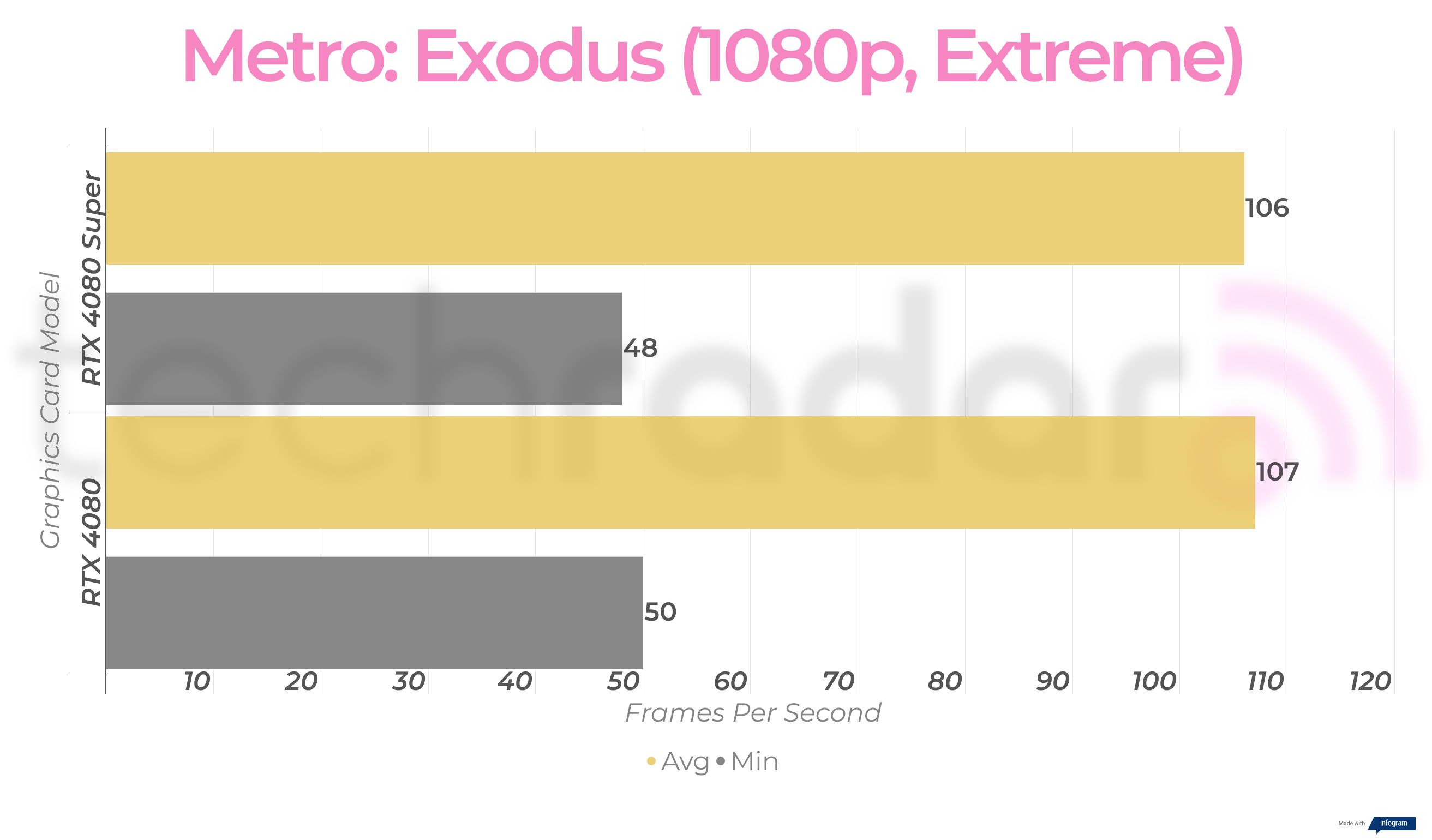

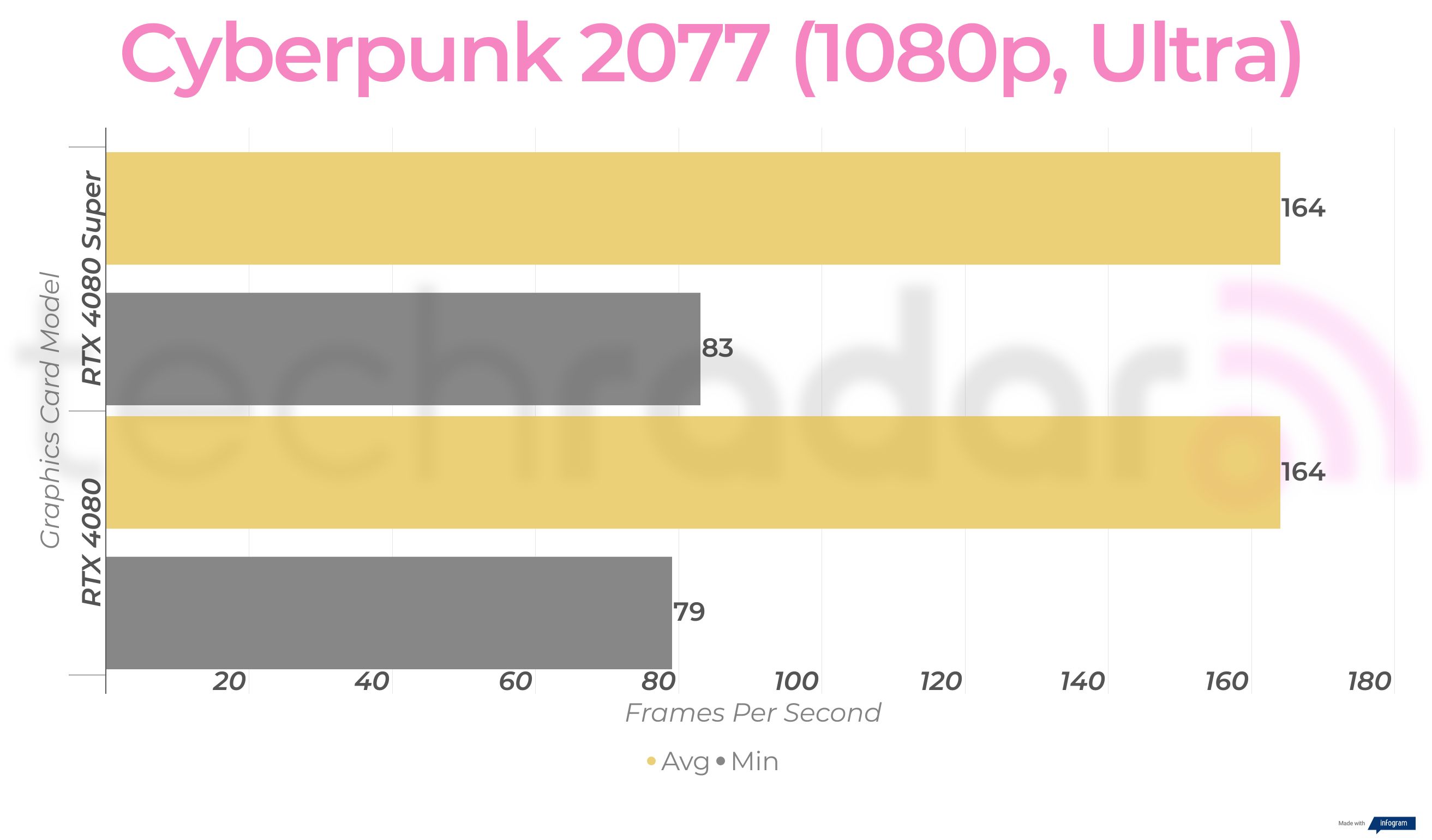
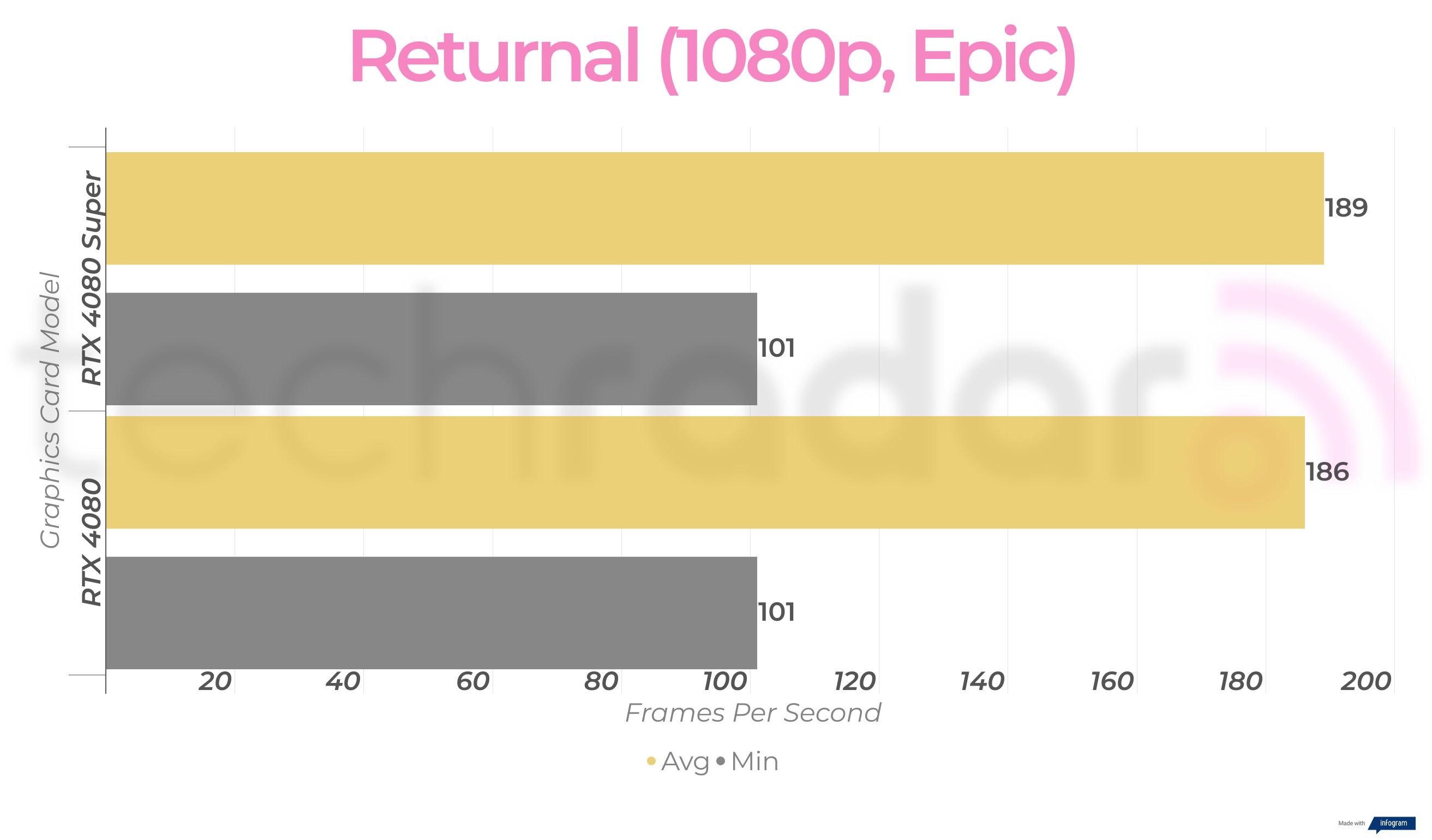

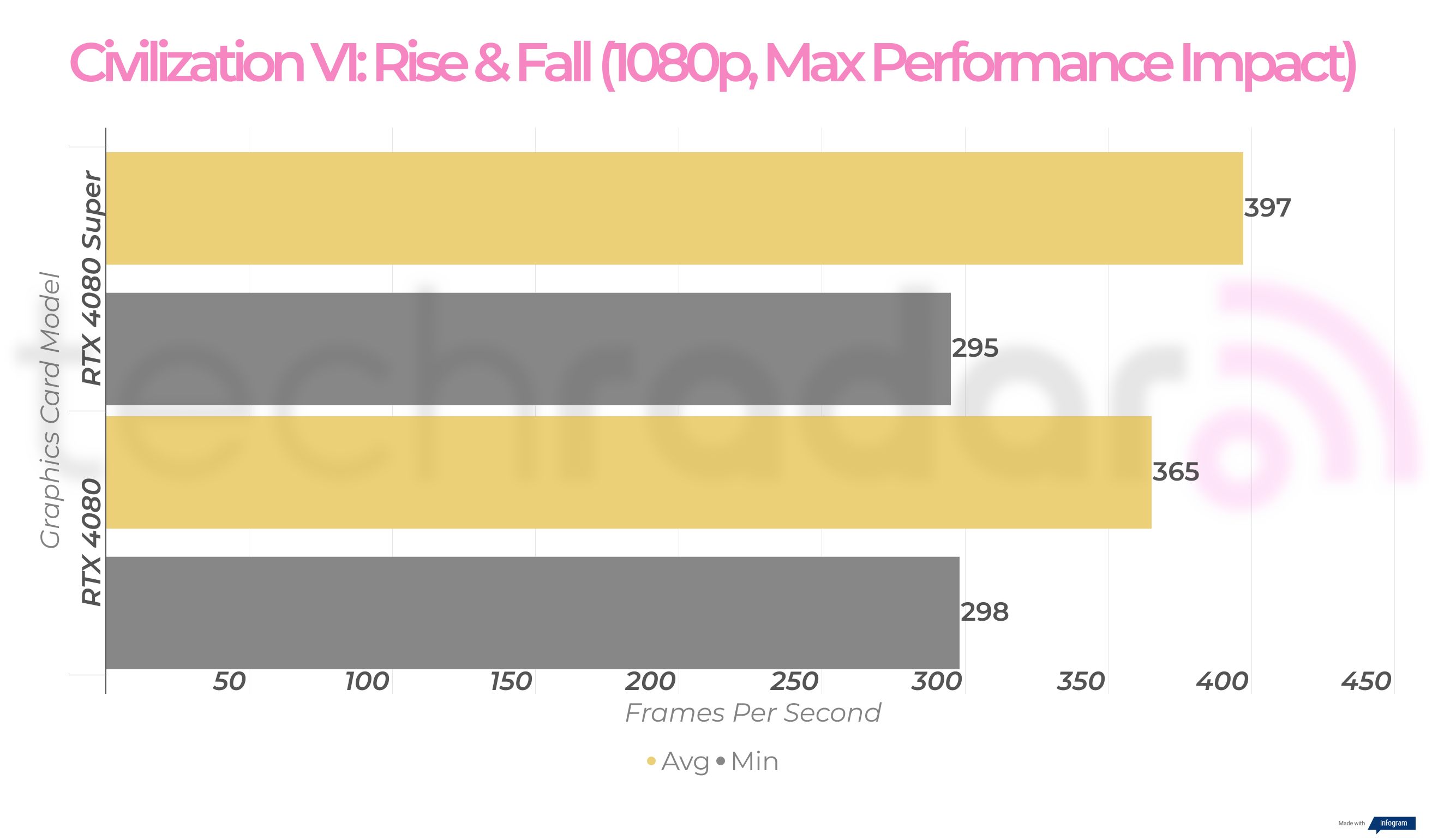
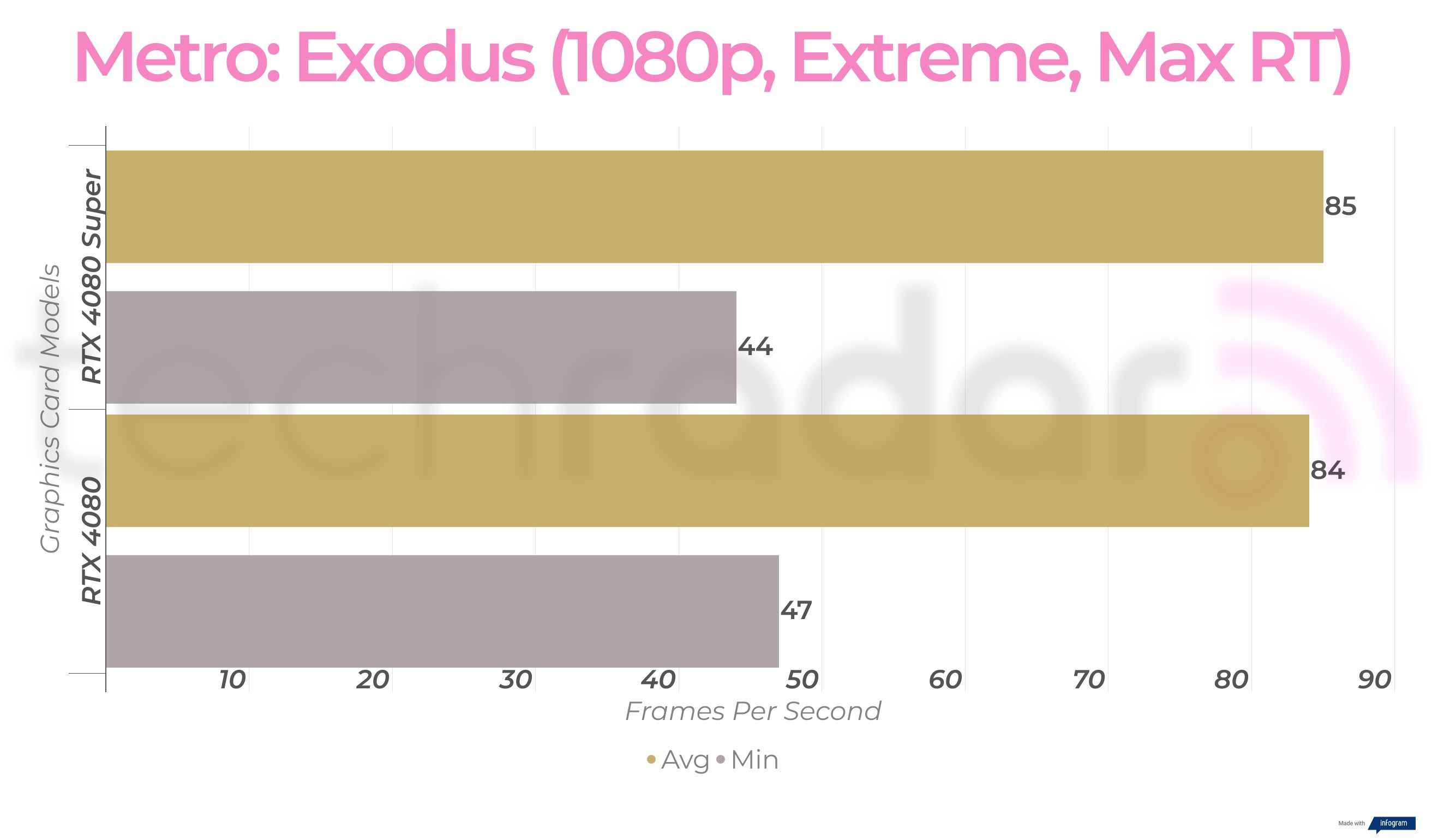
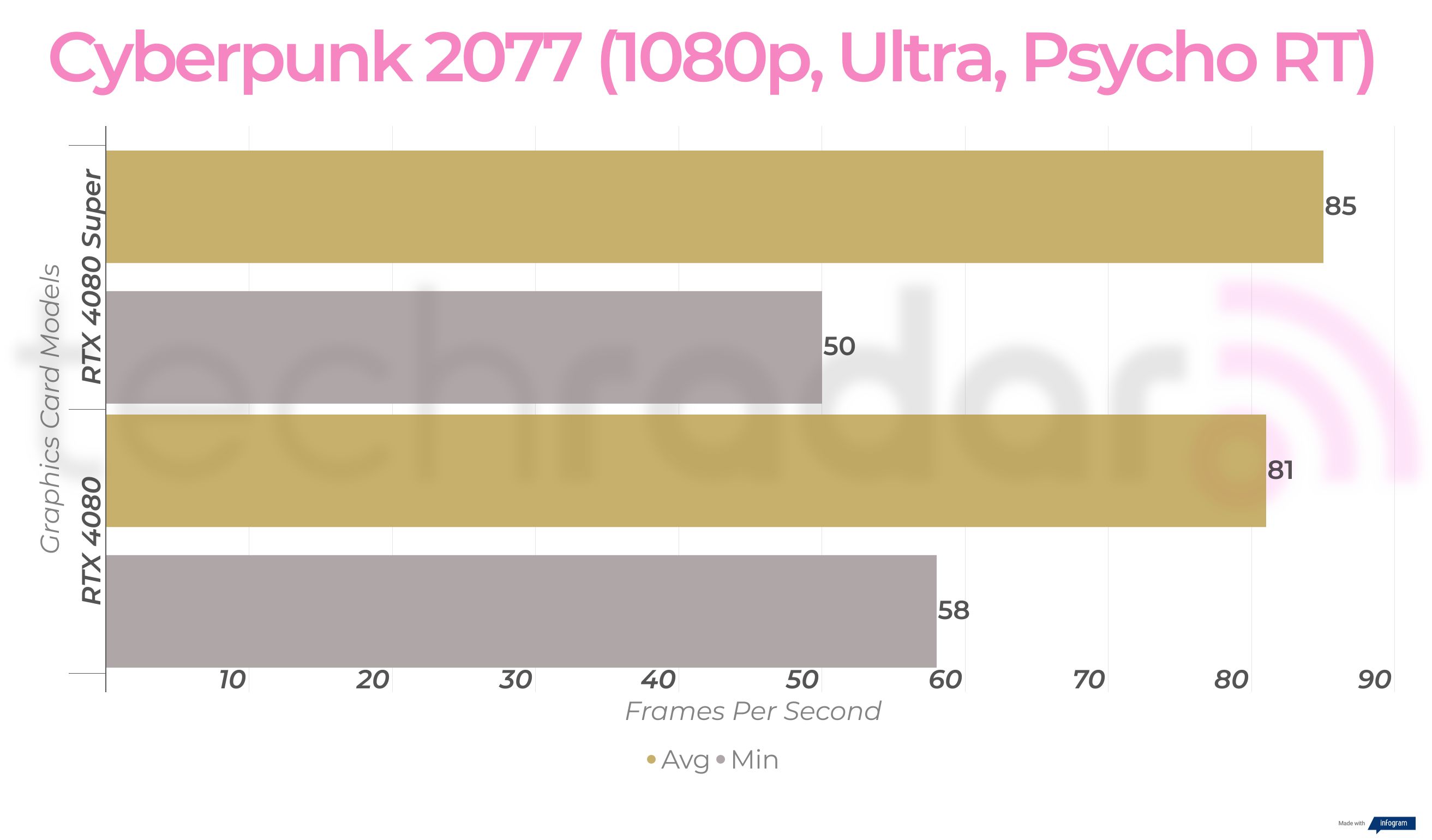
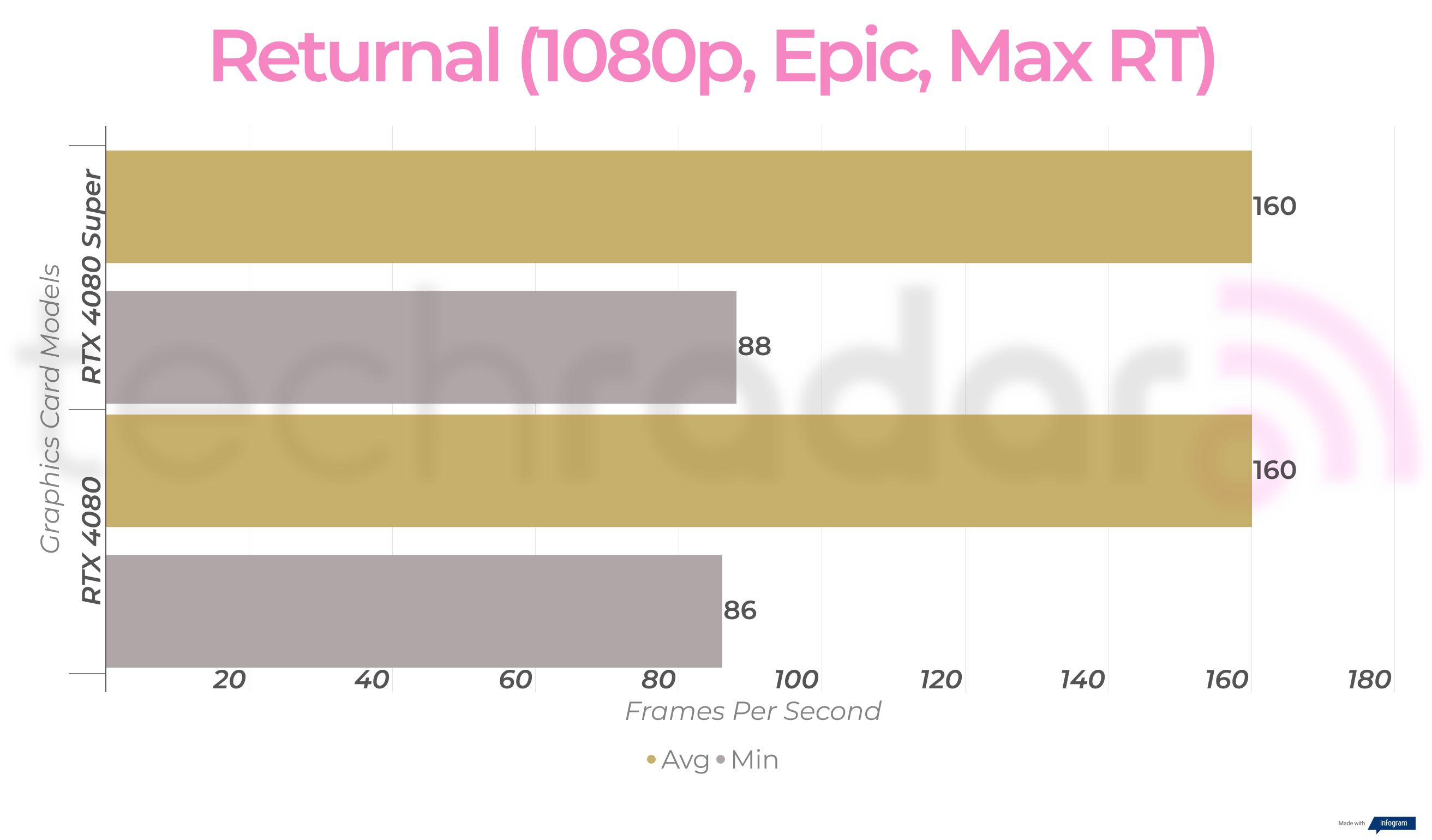
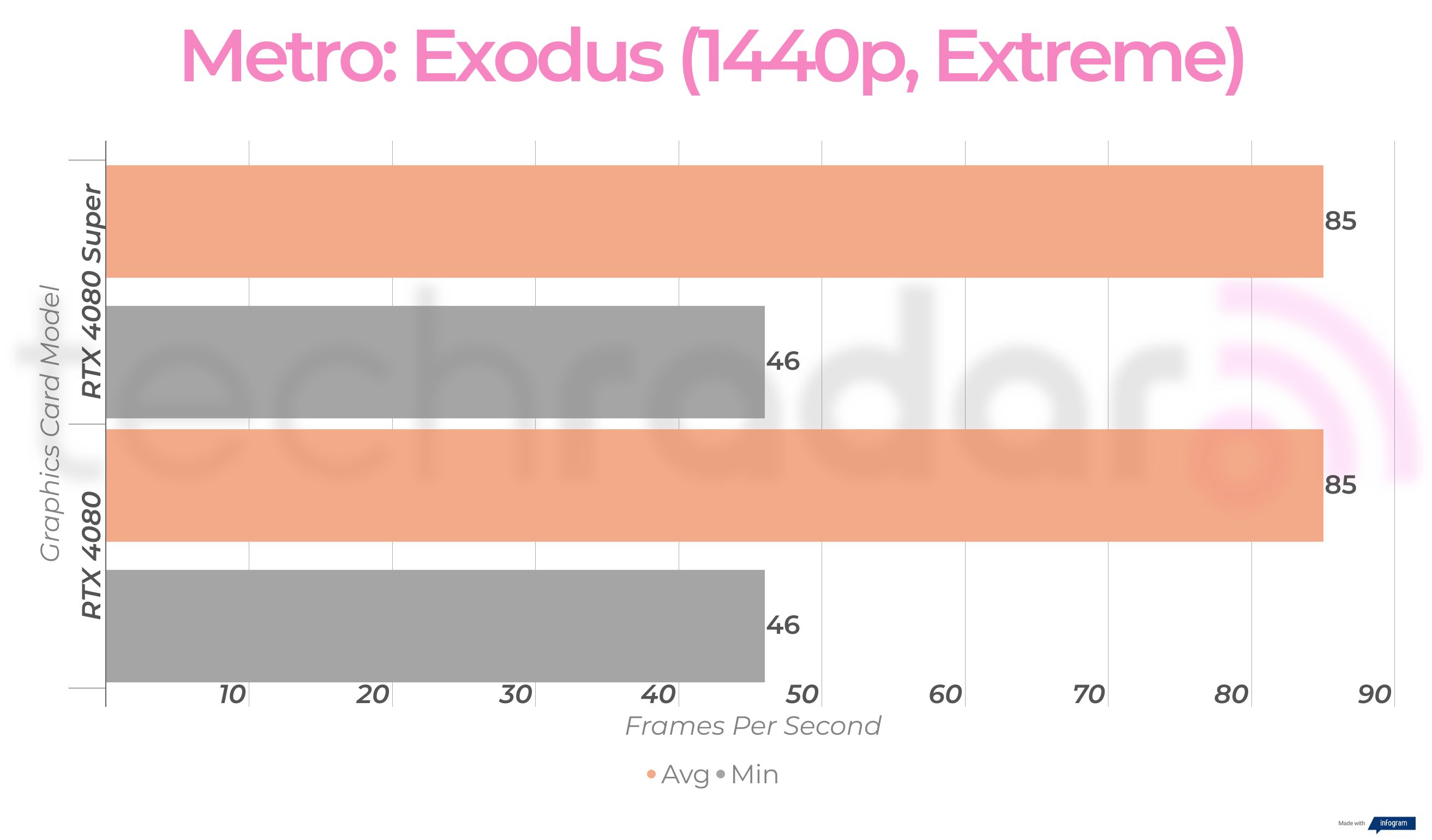

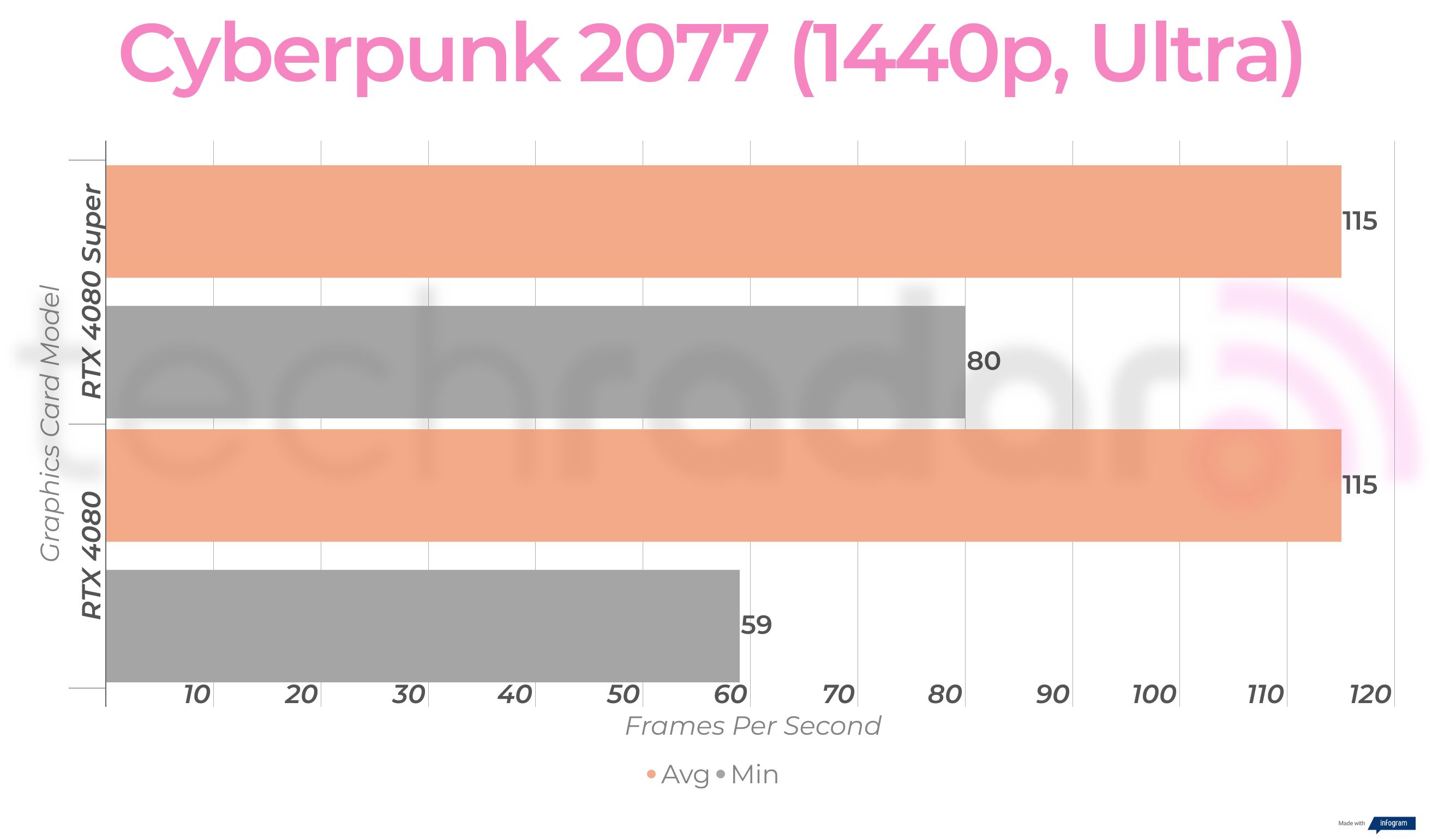
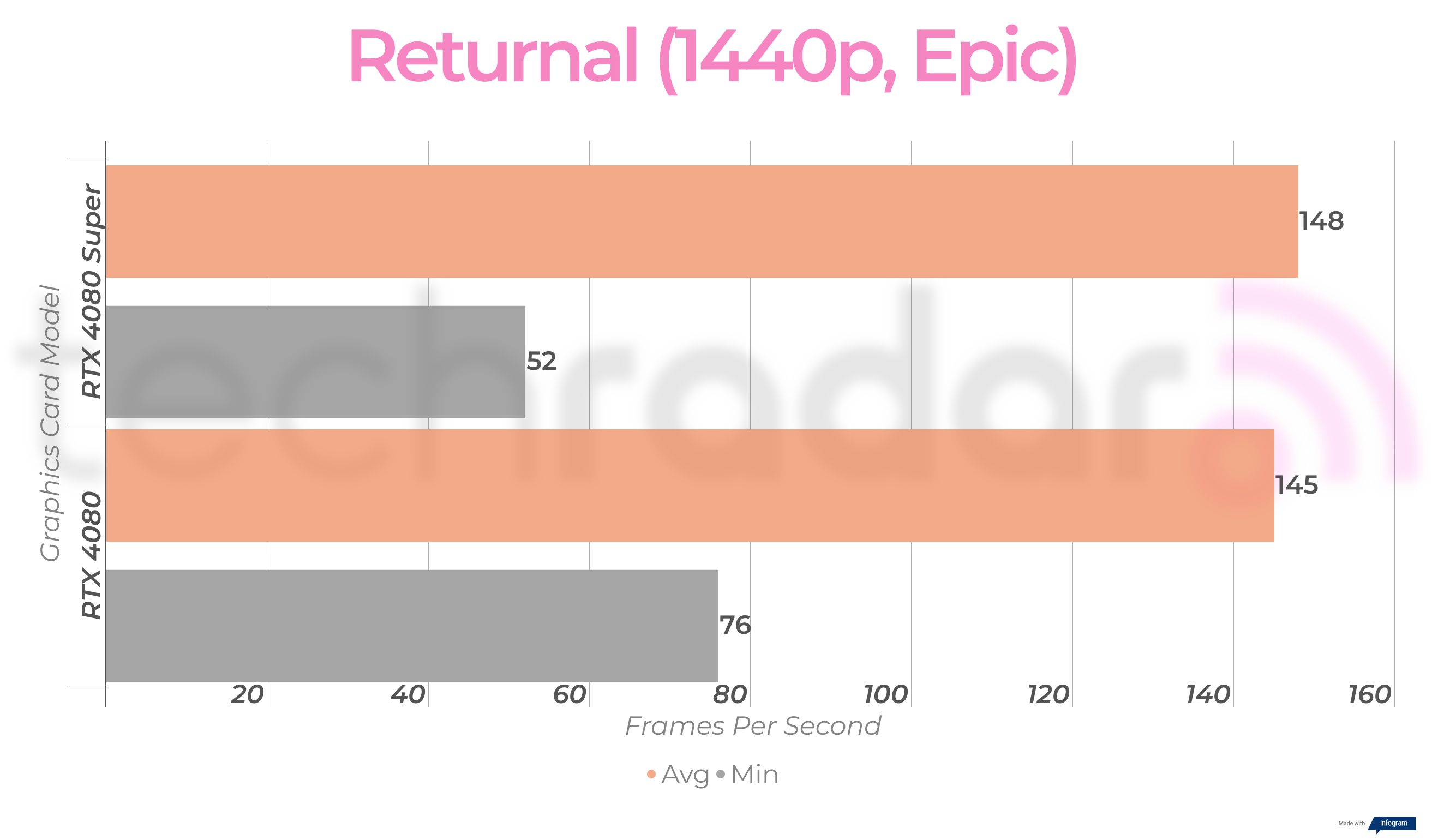
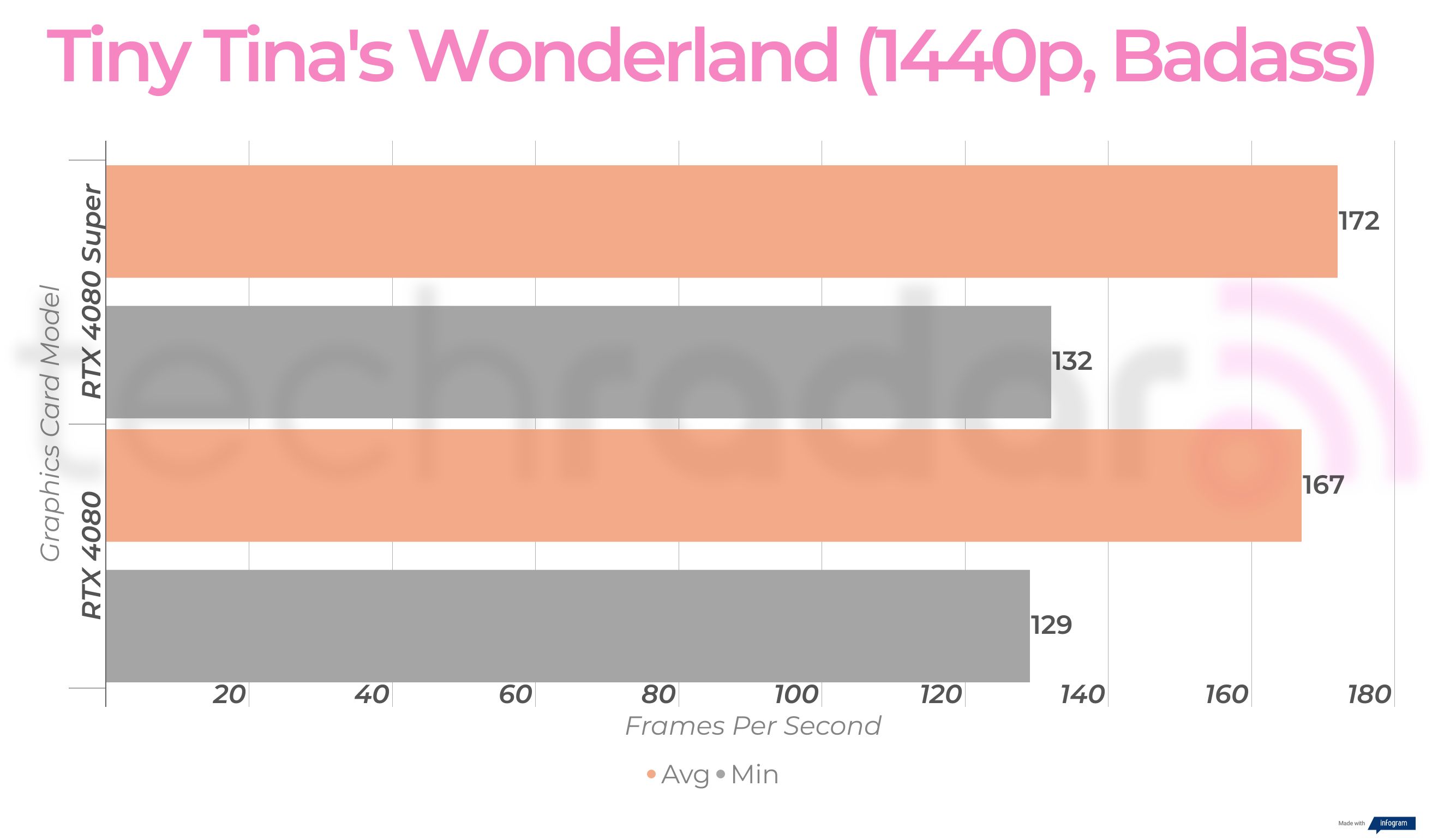
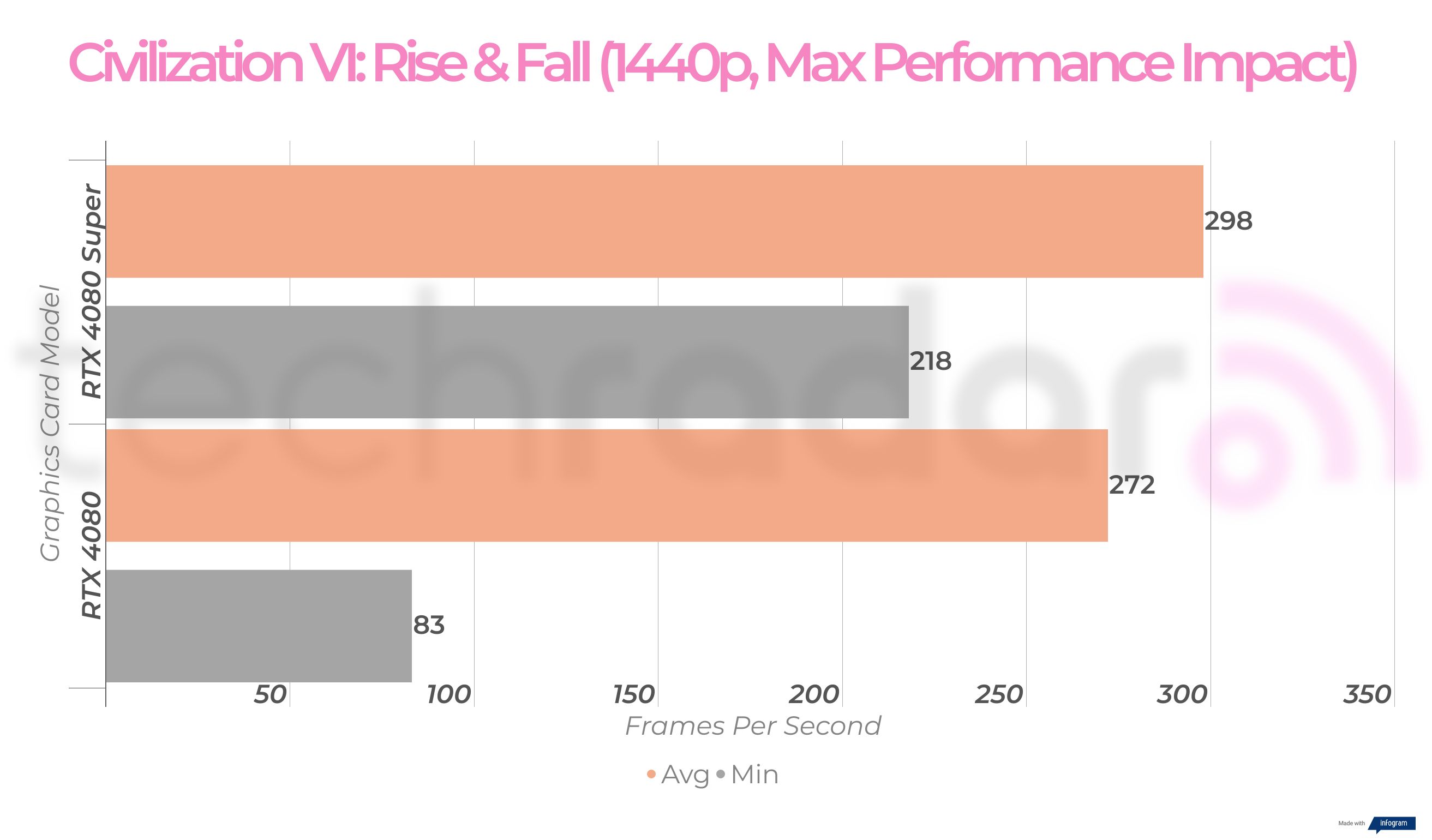
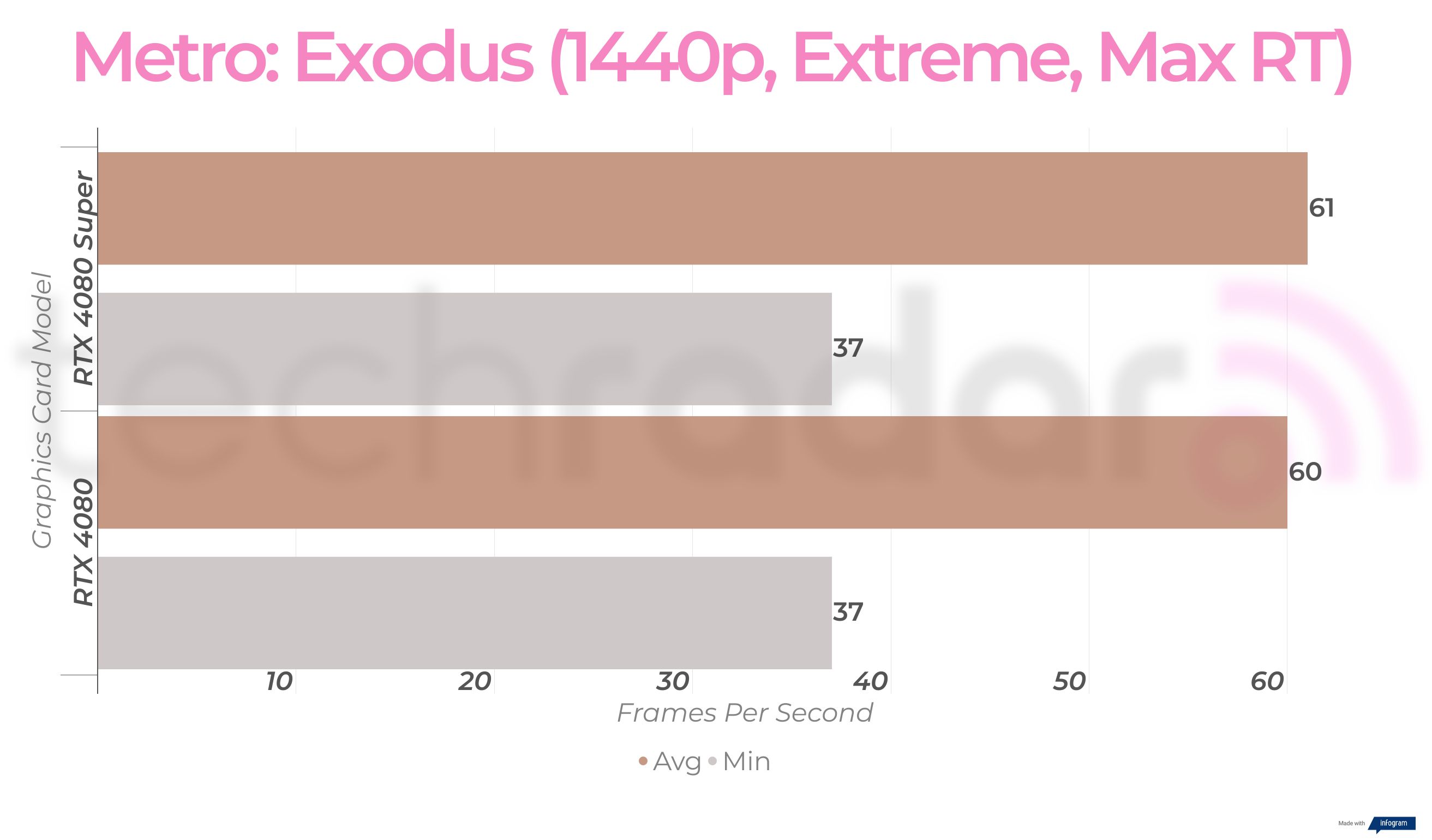
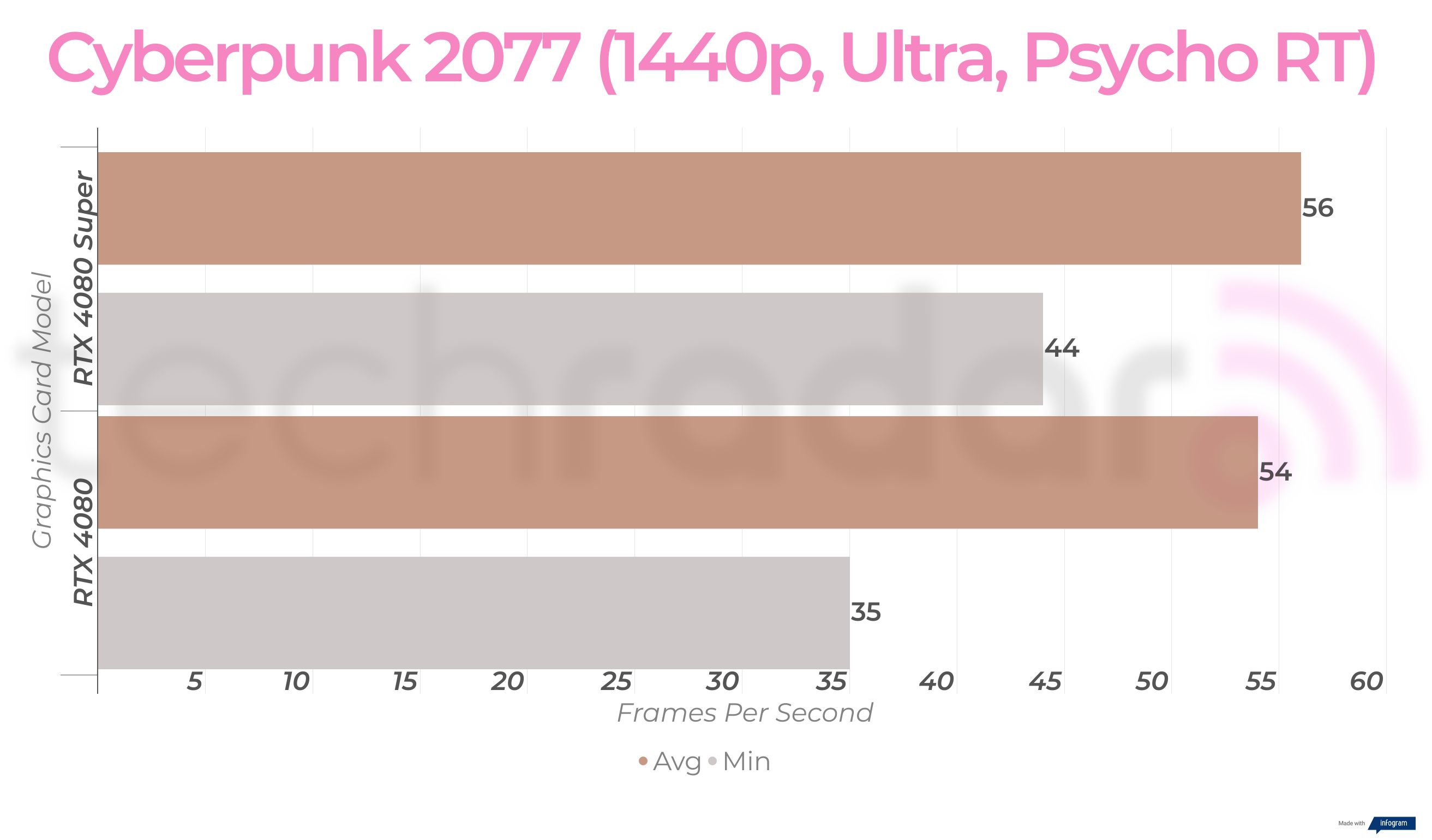

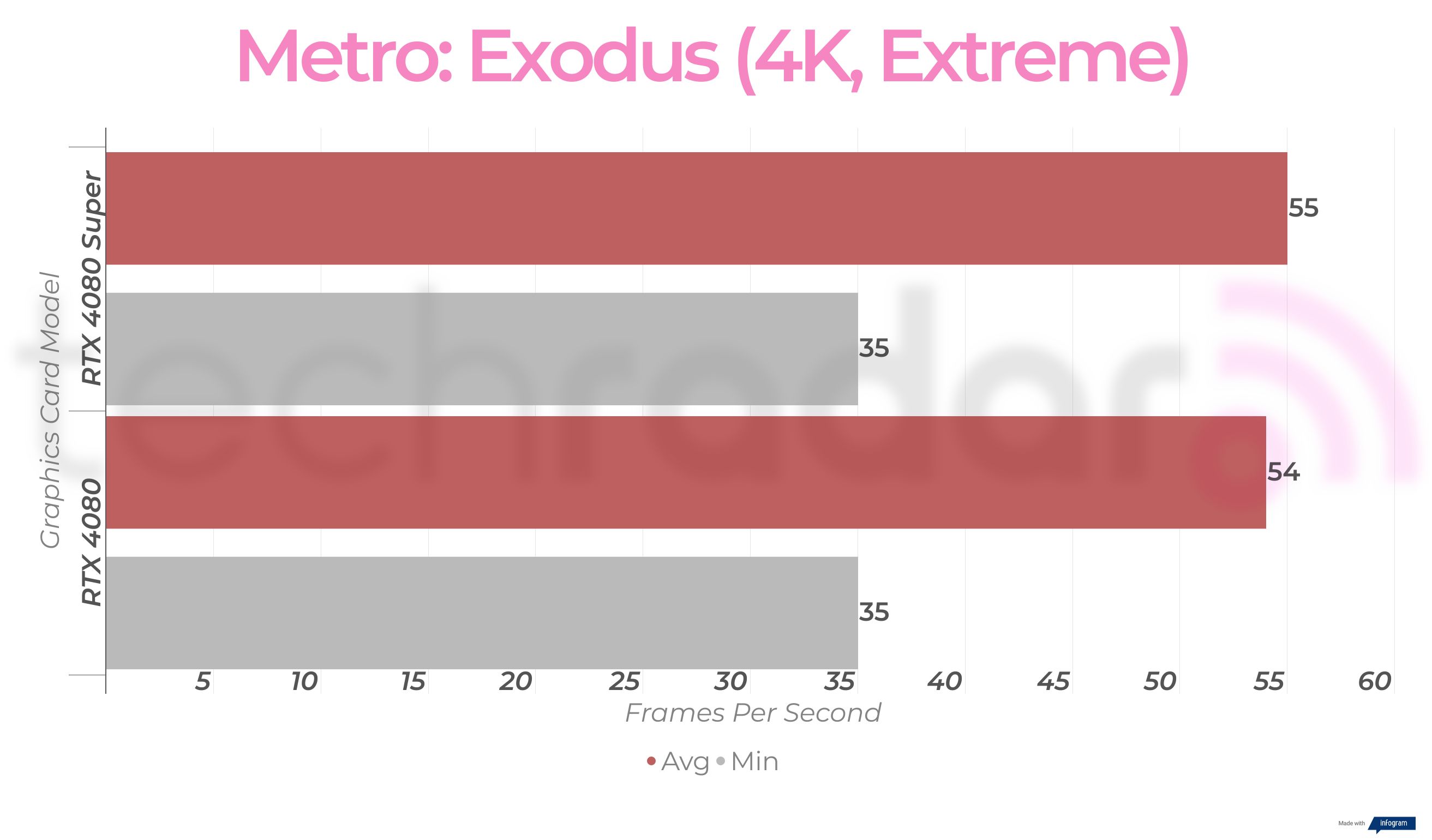



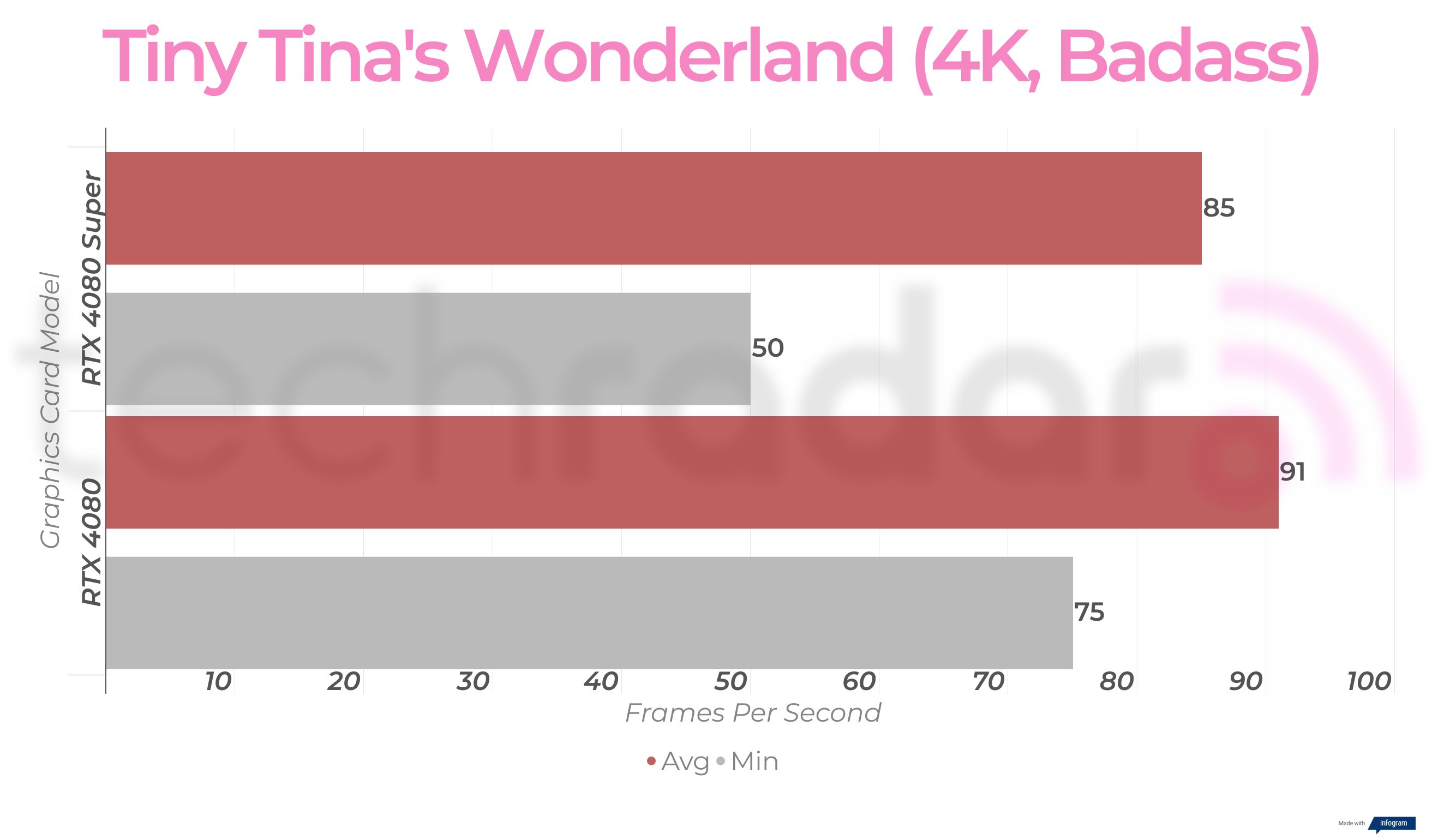
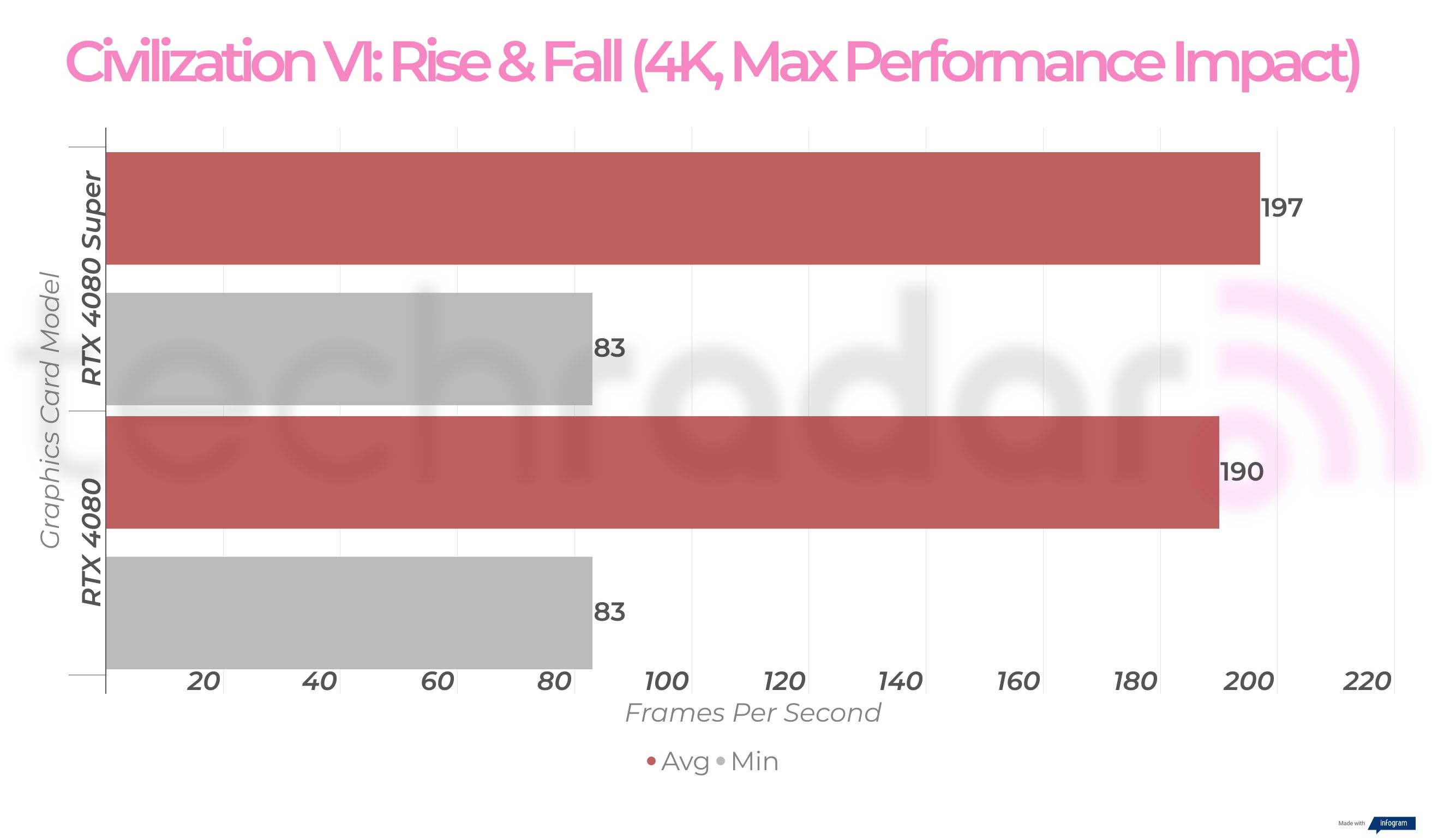

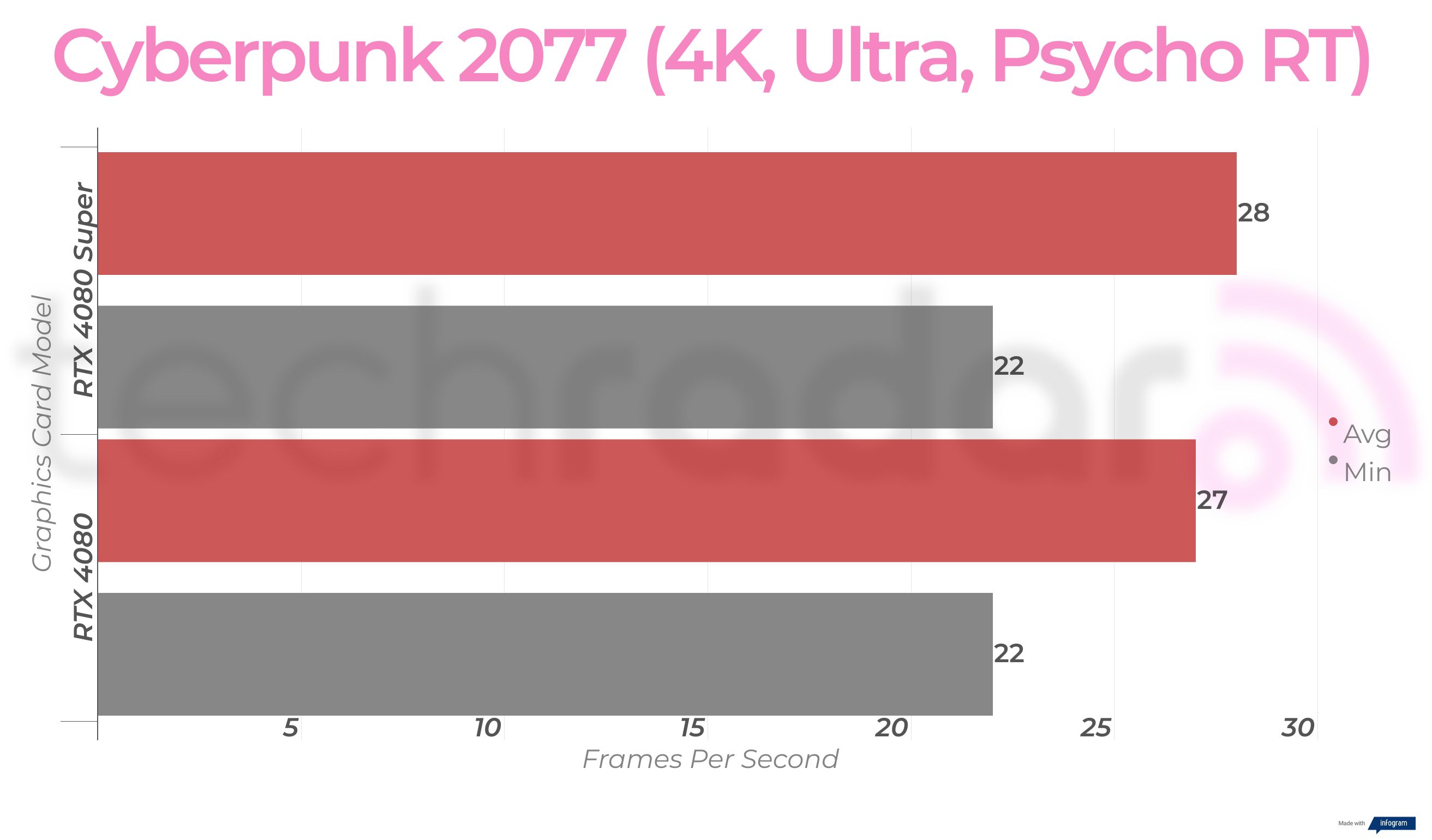
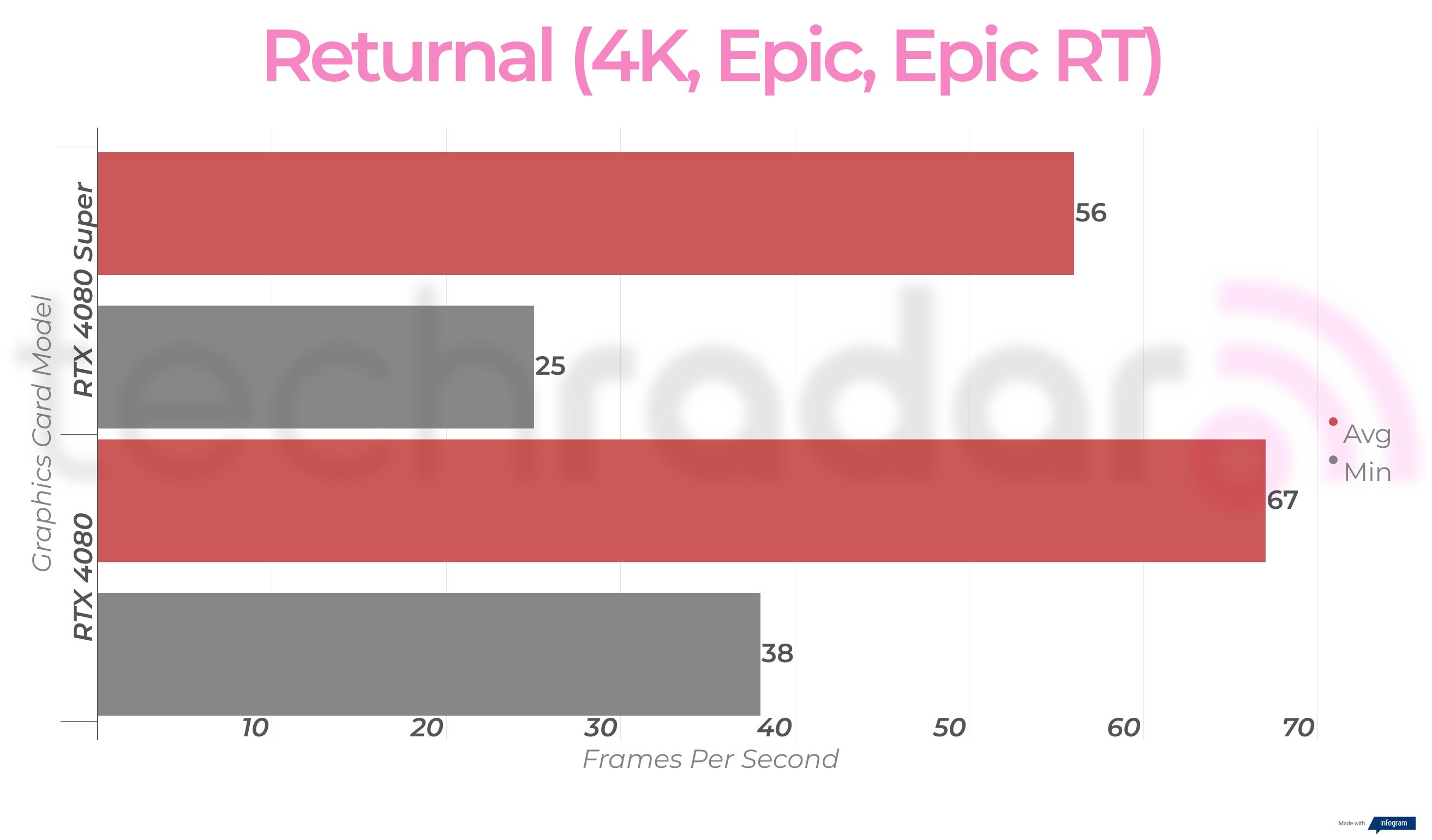
The slight edge for the RTX 4080 Super is consistent when gaming in 1440p as well. Cyberpunk 2077 scored an average of 115fps for both GPUs when running natively, but increased to 106fps and 108fps in favor of the Super variant.
The figures are near-identical in older titles as well, such as Metro: Exodus which runs at an average of 85fps without ray tracing, with the base model scoring 60fps with Ultra RT and the Super variant running at 61fps. We can safely say that you are getting the same level of performance, albeit between 1-5% faster with the Super variant at a reduced price. The verdict is concrete on this one.
- Winner: RTX 4080 Super
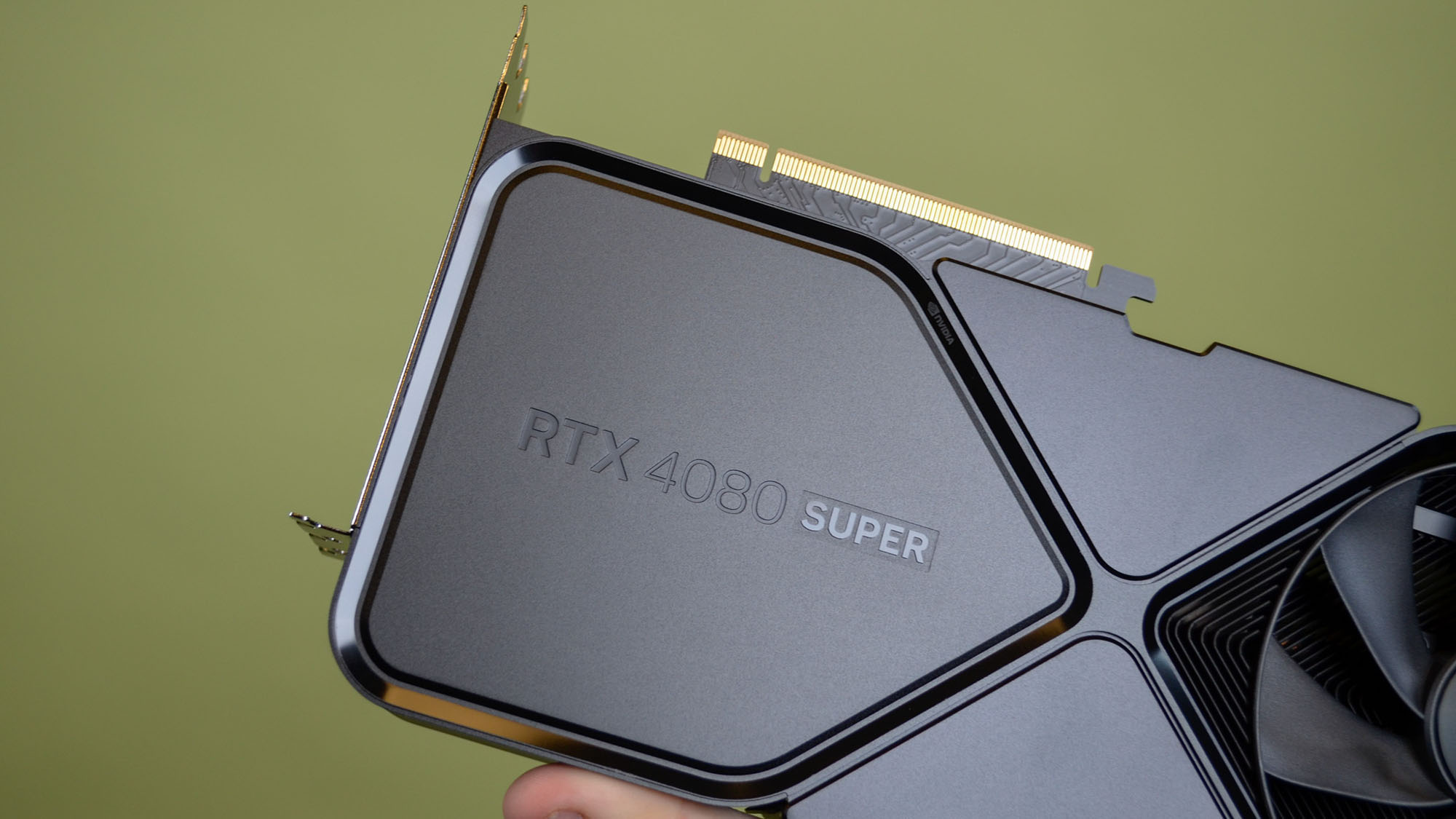
Which one should you buy?
We’ll make this easy for you: buy the RTX 4080 Super. This card addresses our biggest issue with the base RTX 4080 model from 2022, which was the fact that it was too expensive for what it was.
Now, the 80-class Ada GPU is selling under $1,000, the rate it should have from day one. Considering the slight bump up in CUDA cores and the slightly faster clock speed, there really isn’t a reason to consider purchasing the older model over the Super variant in 2024.
That is, unless you can find the RTX 4080 cheaper. It’s possible that we’ll see the base card be discounted in the wake of the RTX 4080 Super, and if that’s the case then maybe you can score the high-end Ada for less. Otherwise, opt for the newer of the two and you’ll have considerably better value for money.

Formerly TechRadar Gaming's Hardware Editor, Aleksha McLoughlin is now a freelance writer and editor specializing in computing tech, video games, and E-commerce. As well as her many contributions to this site, you'll also find her work available on sister sites such as PC Gamer, GamesRadar, and Android Central. Additionally, more of her bylines can be found on Trusted Reviews, Dexerto, Expert Reviews, Techopedia, PC Guide, VideoGamer, and more.